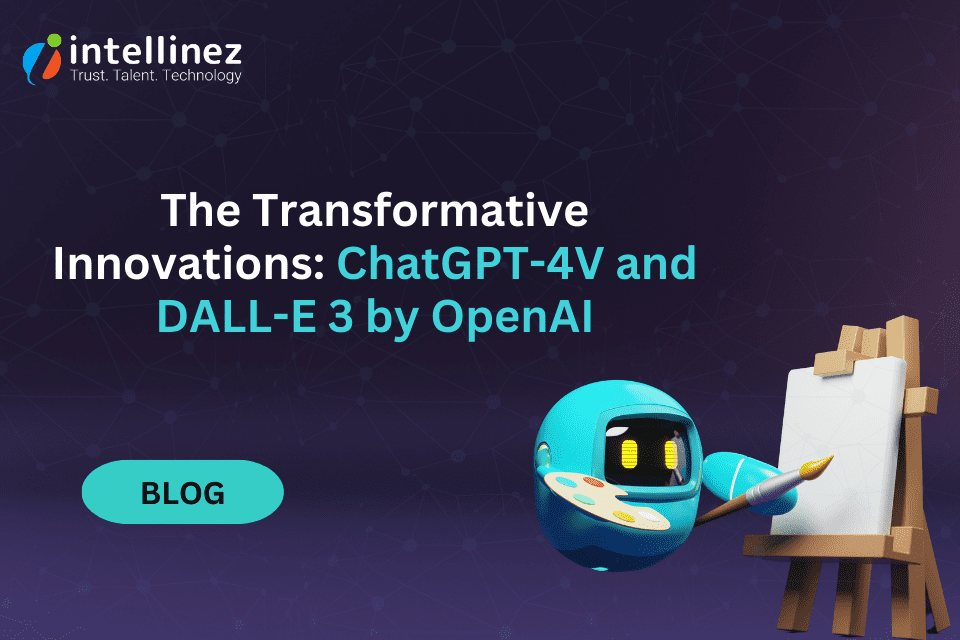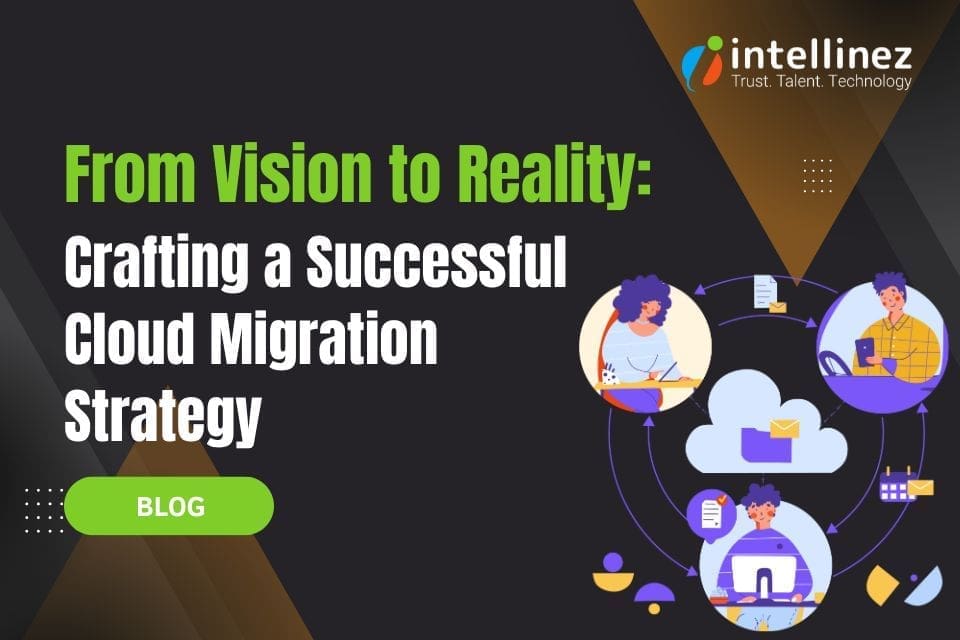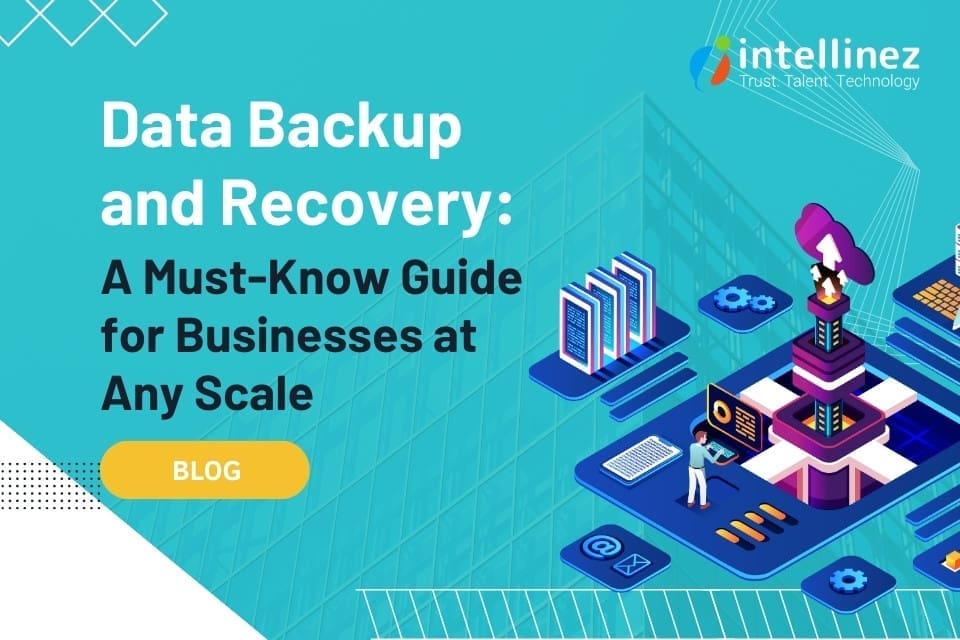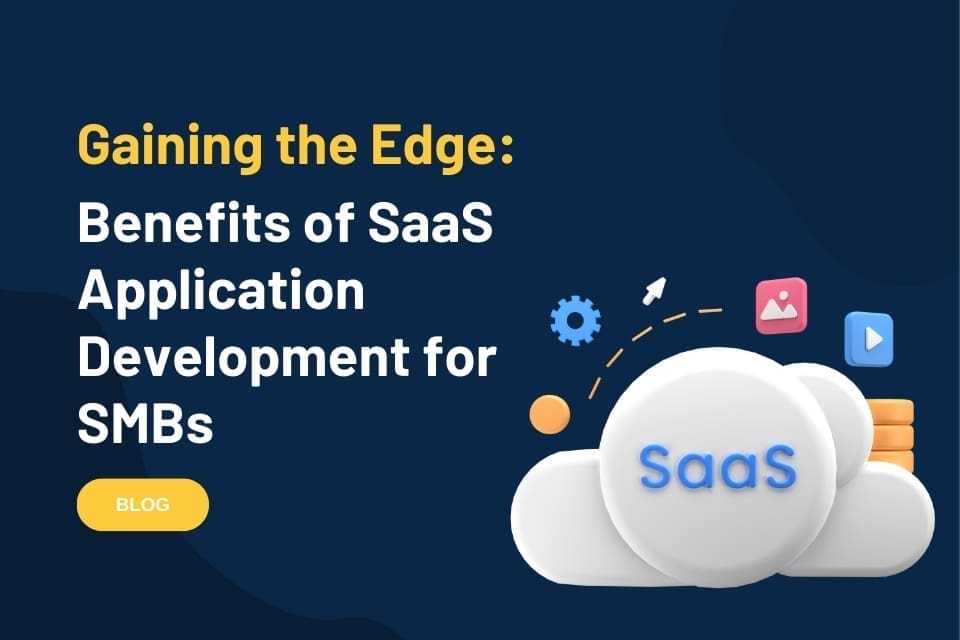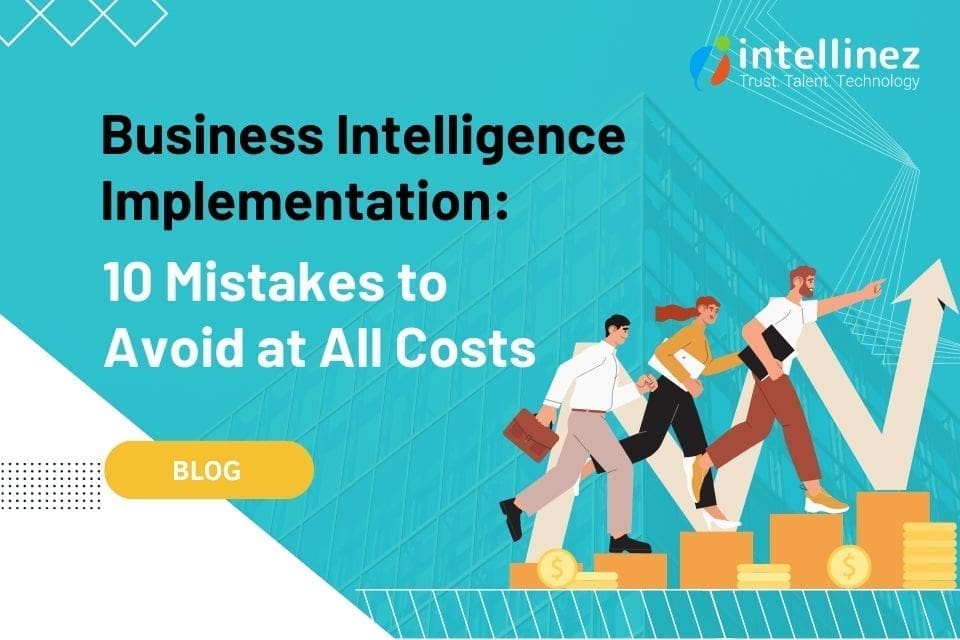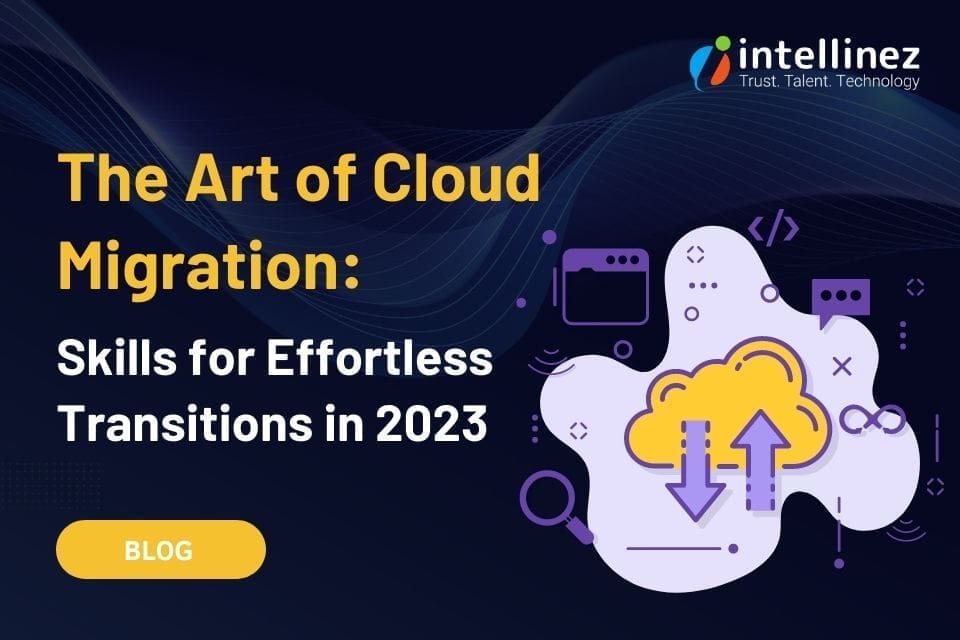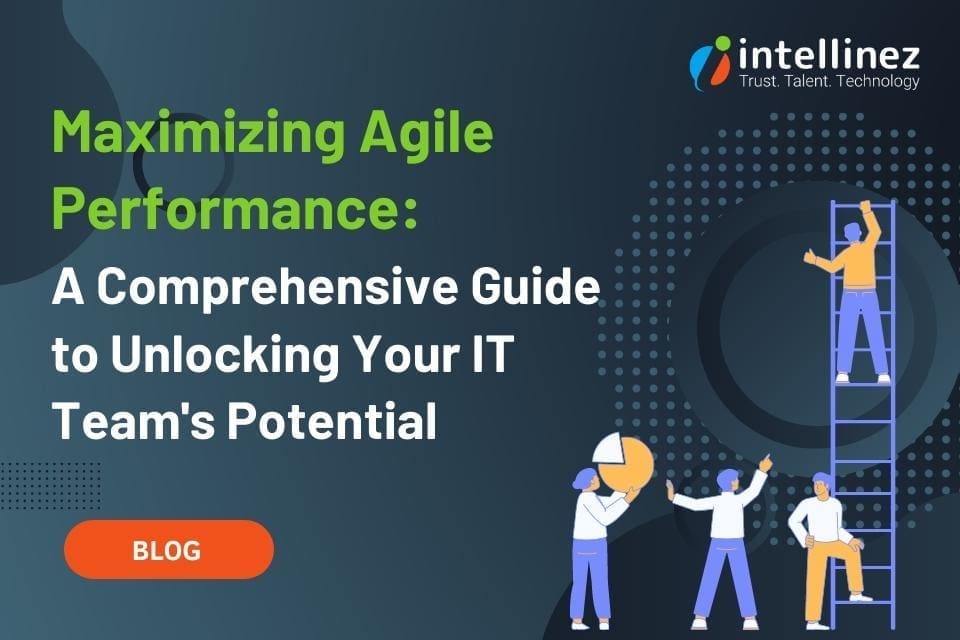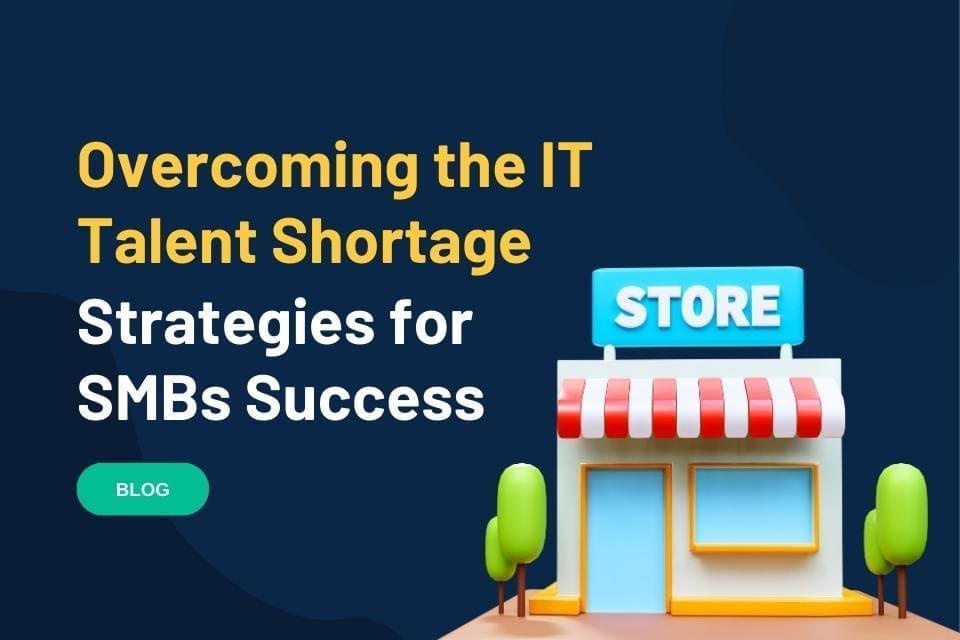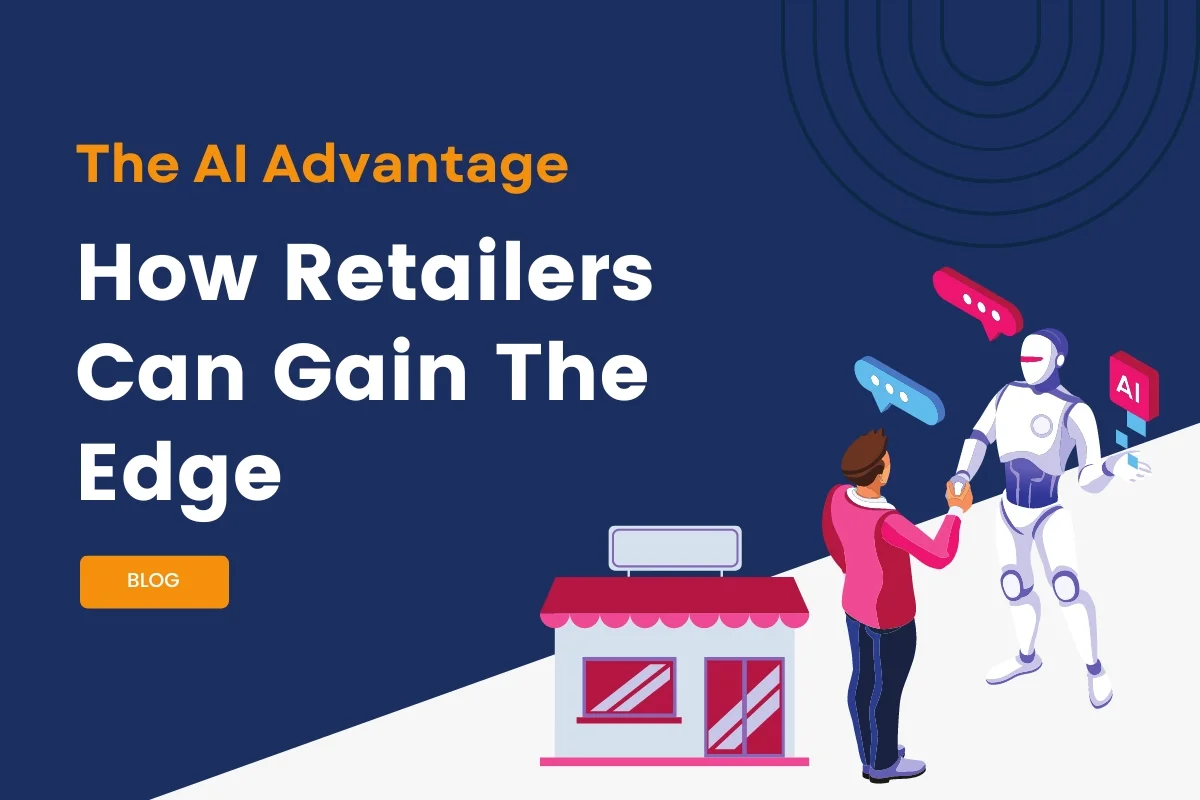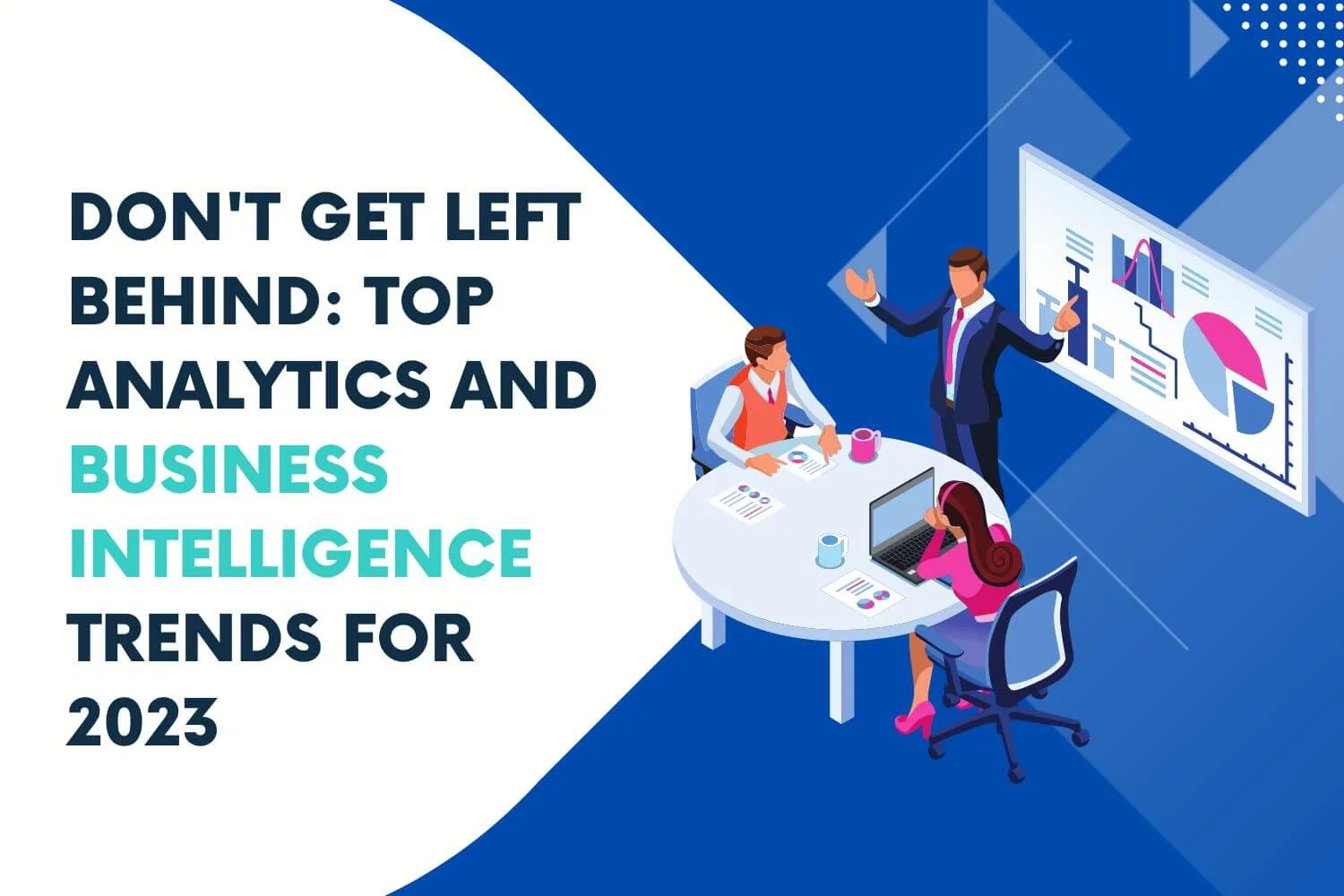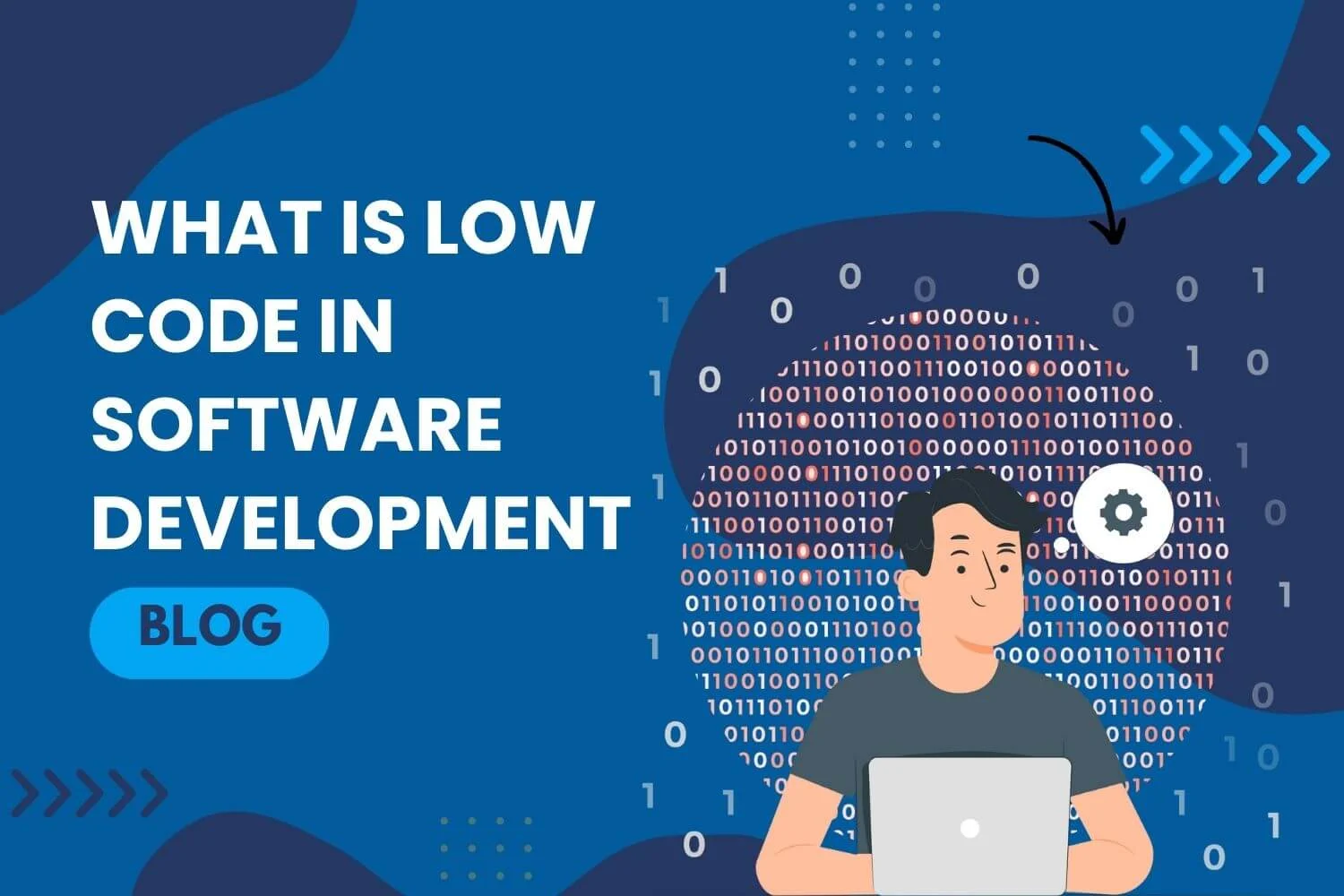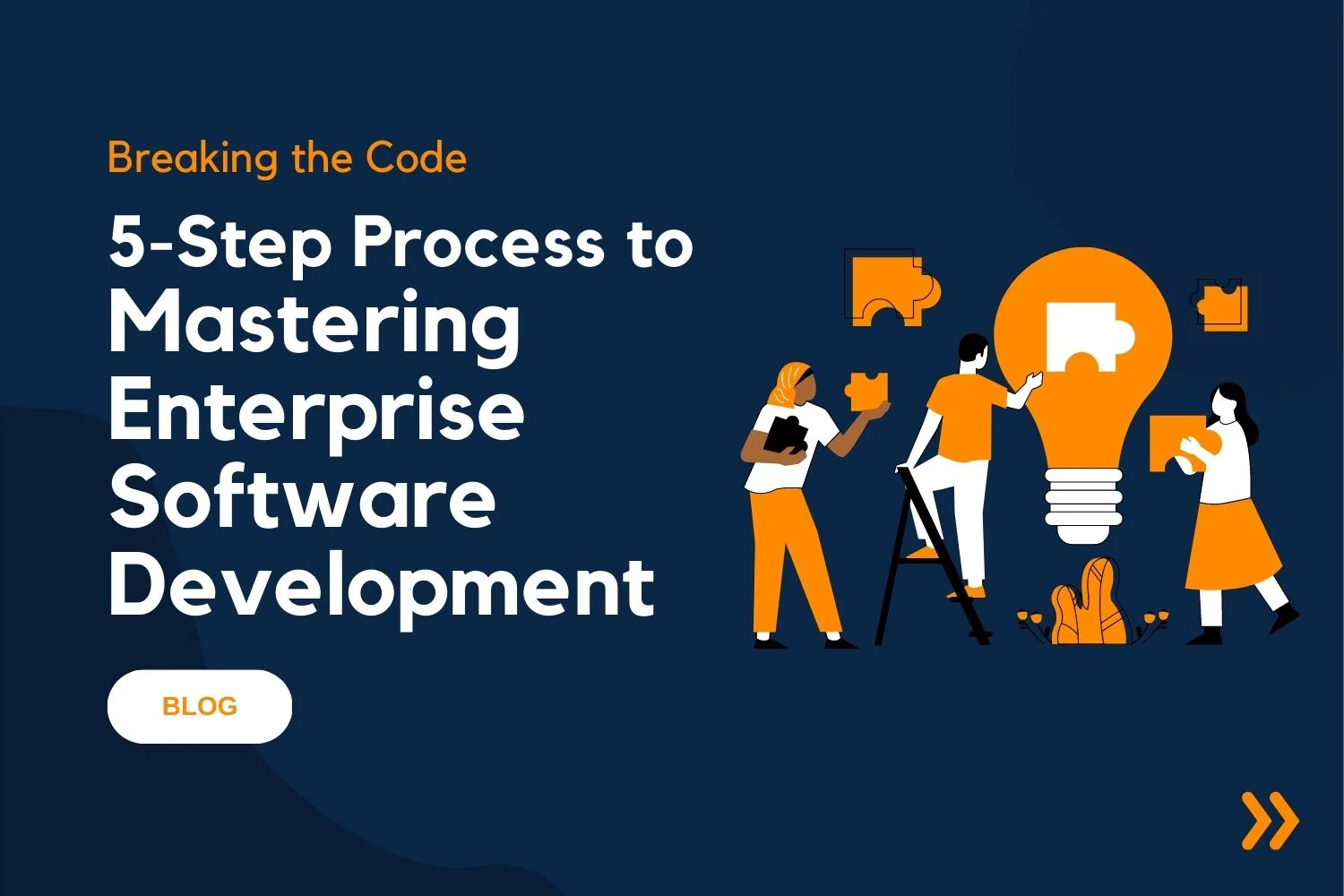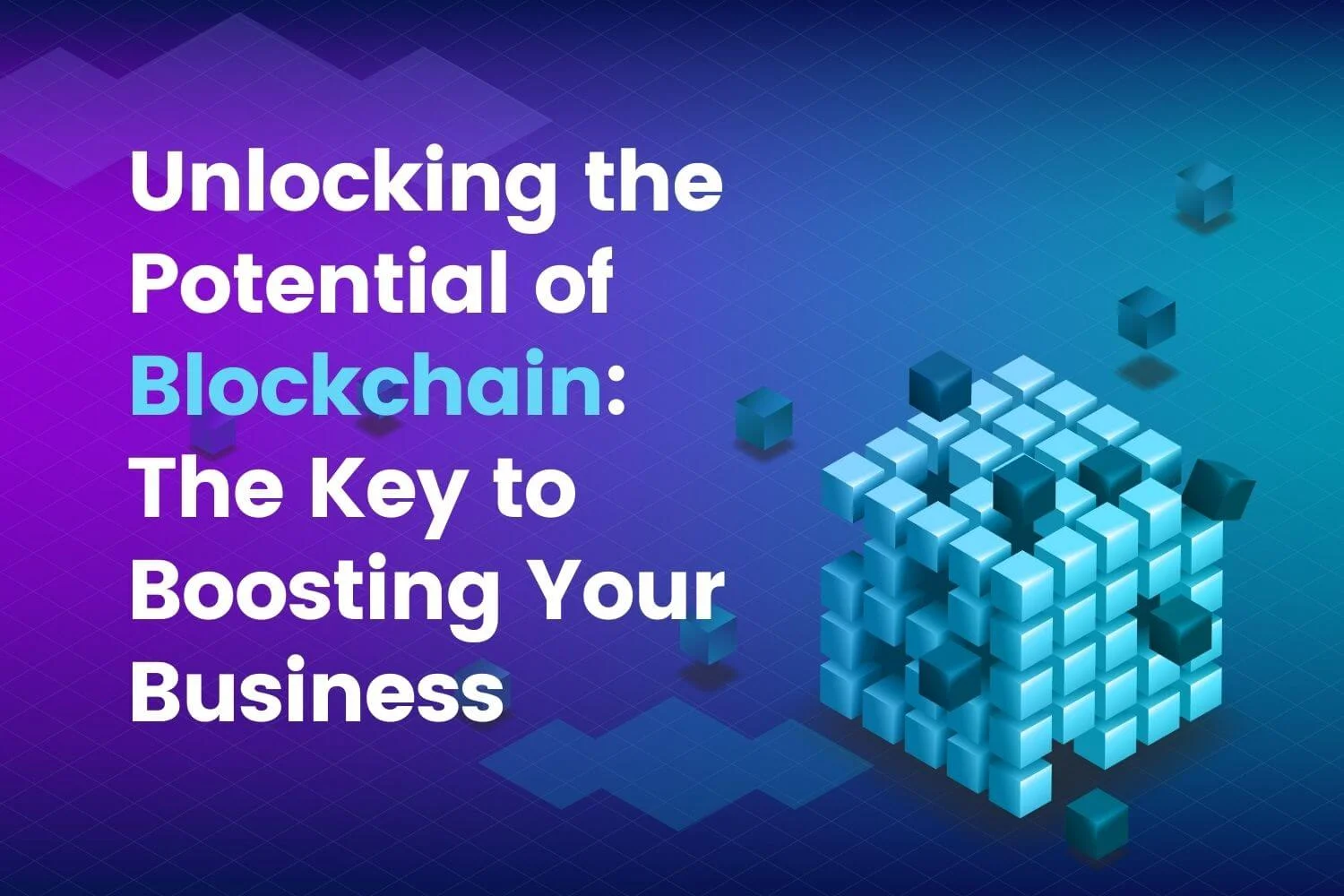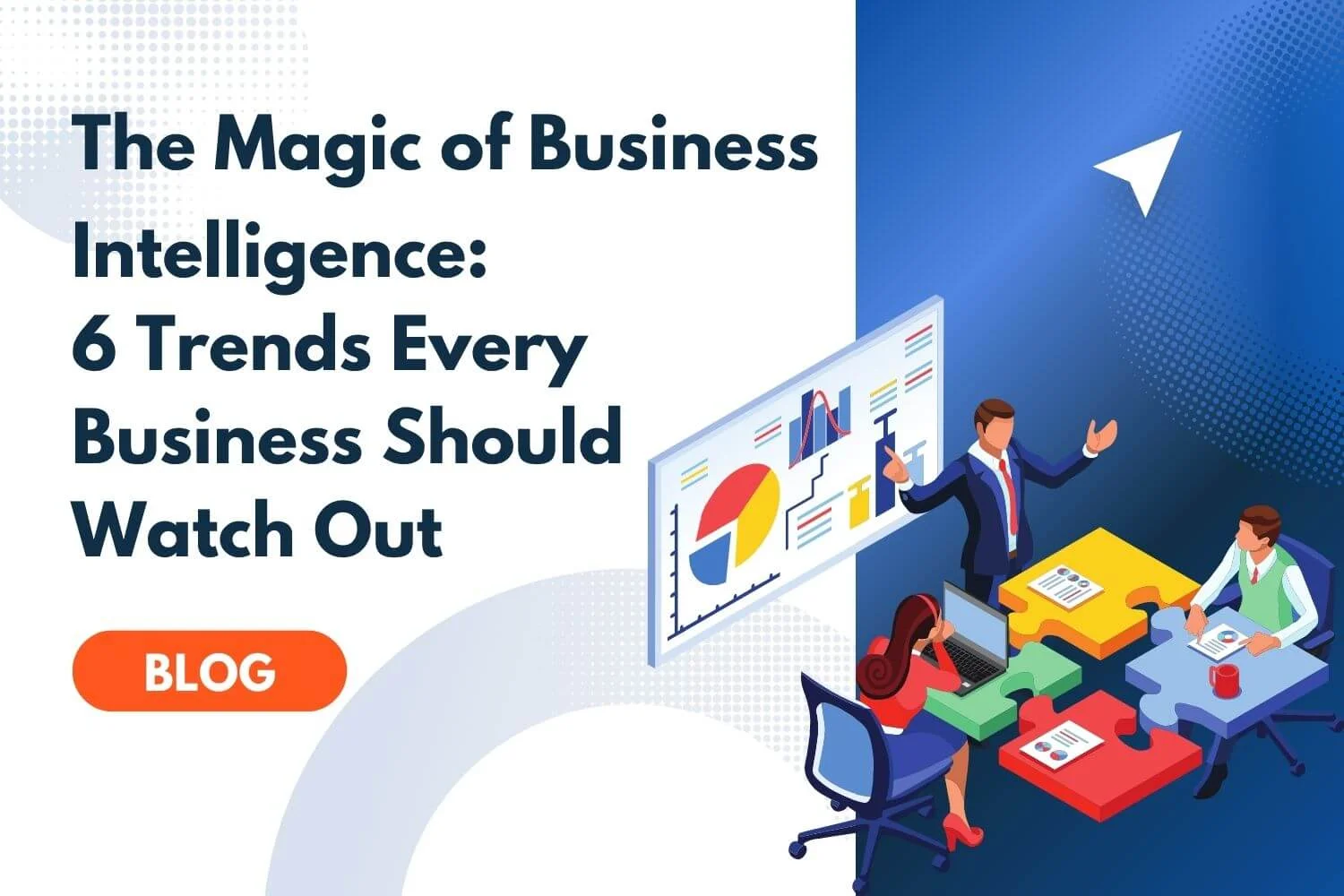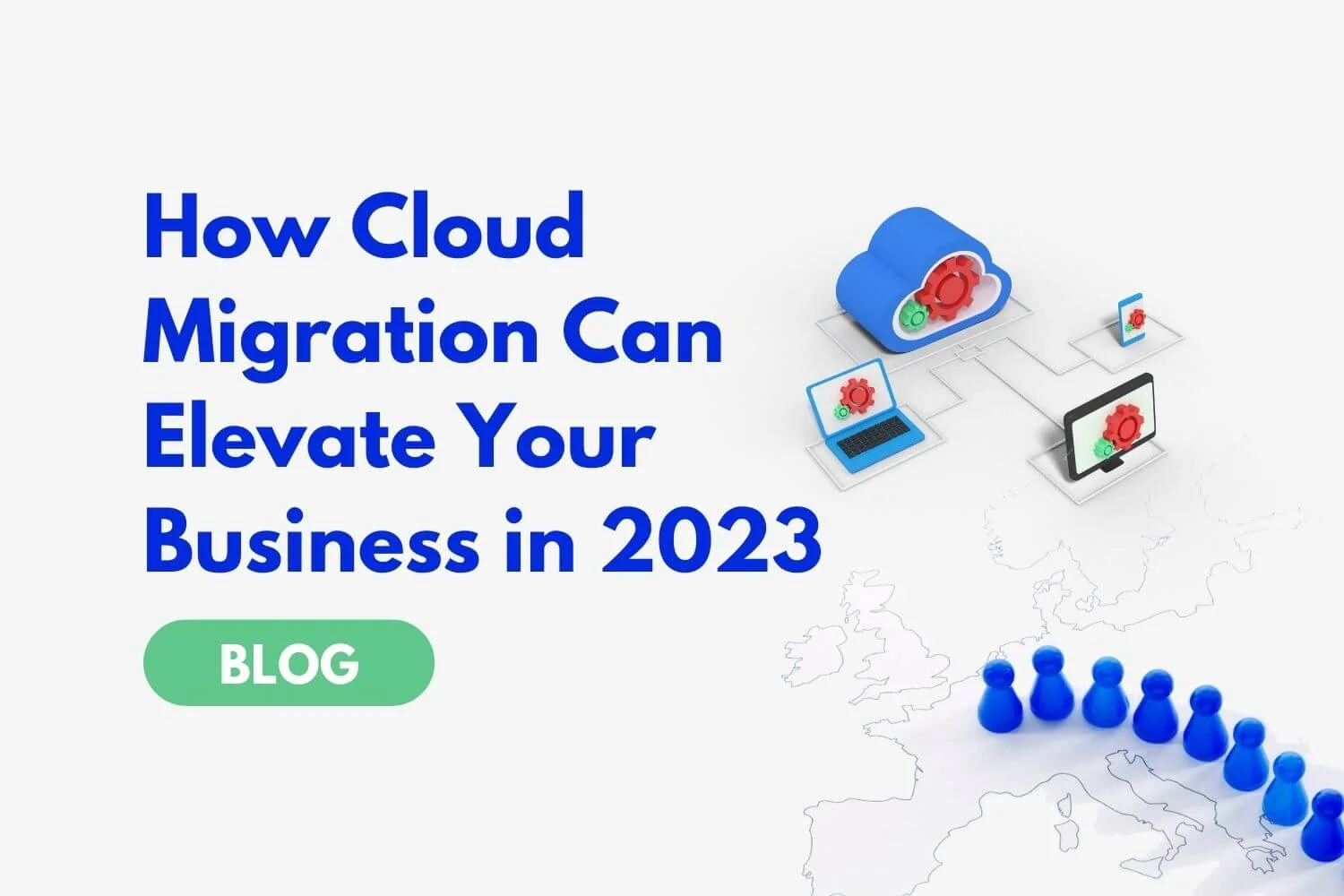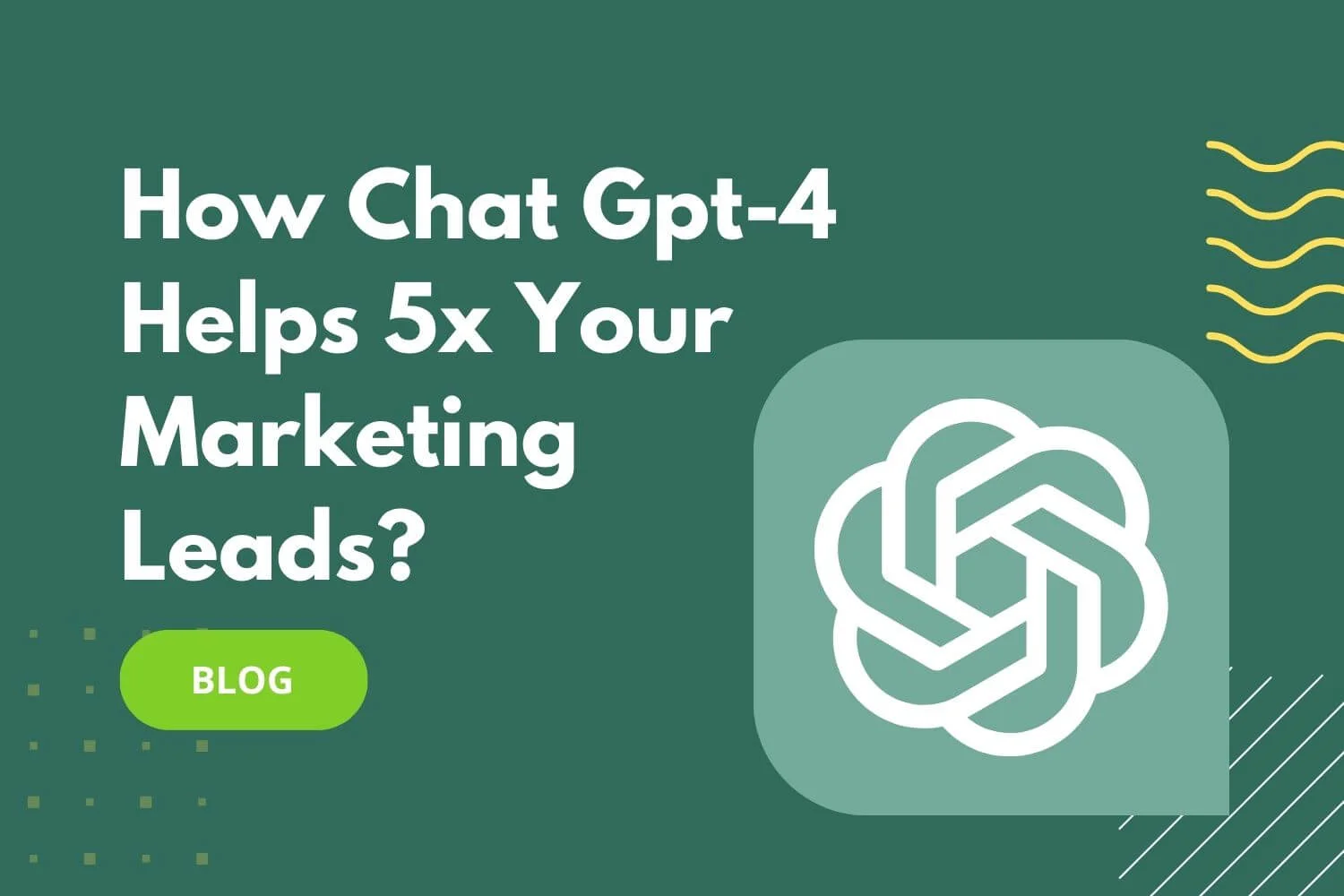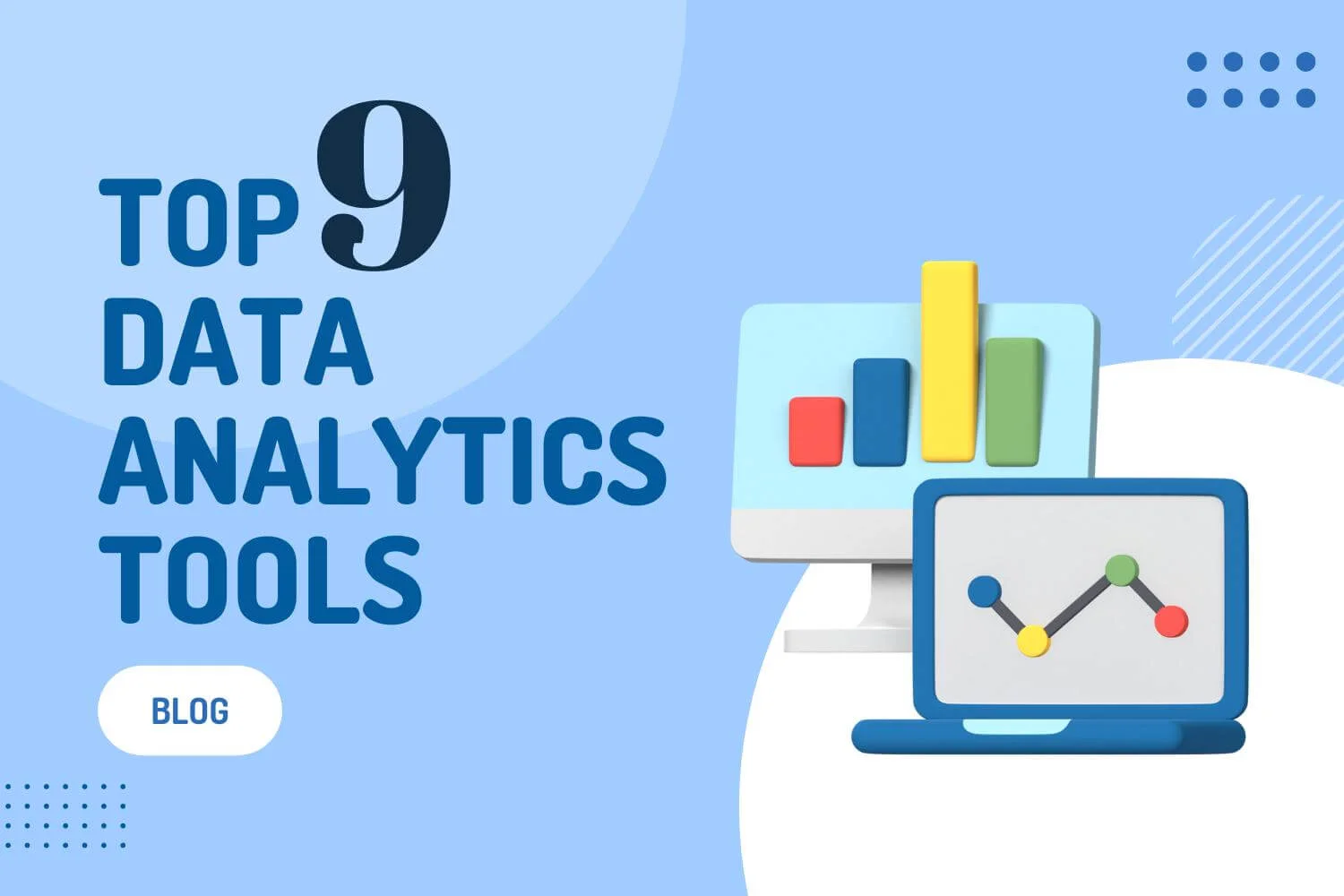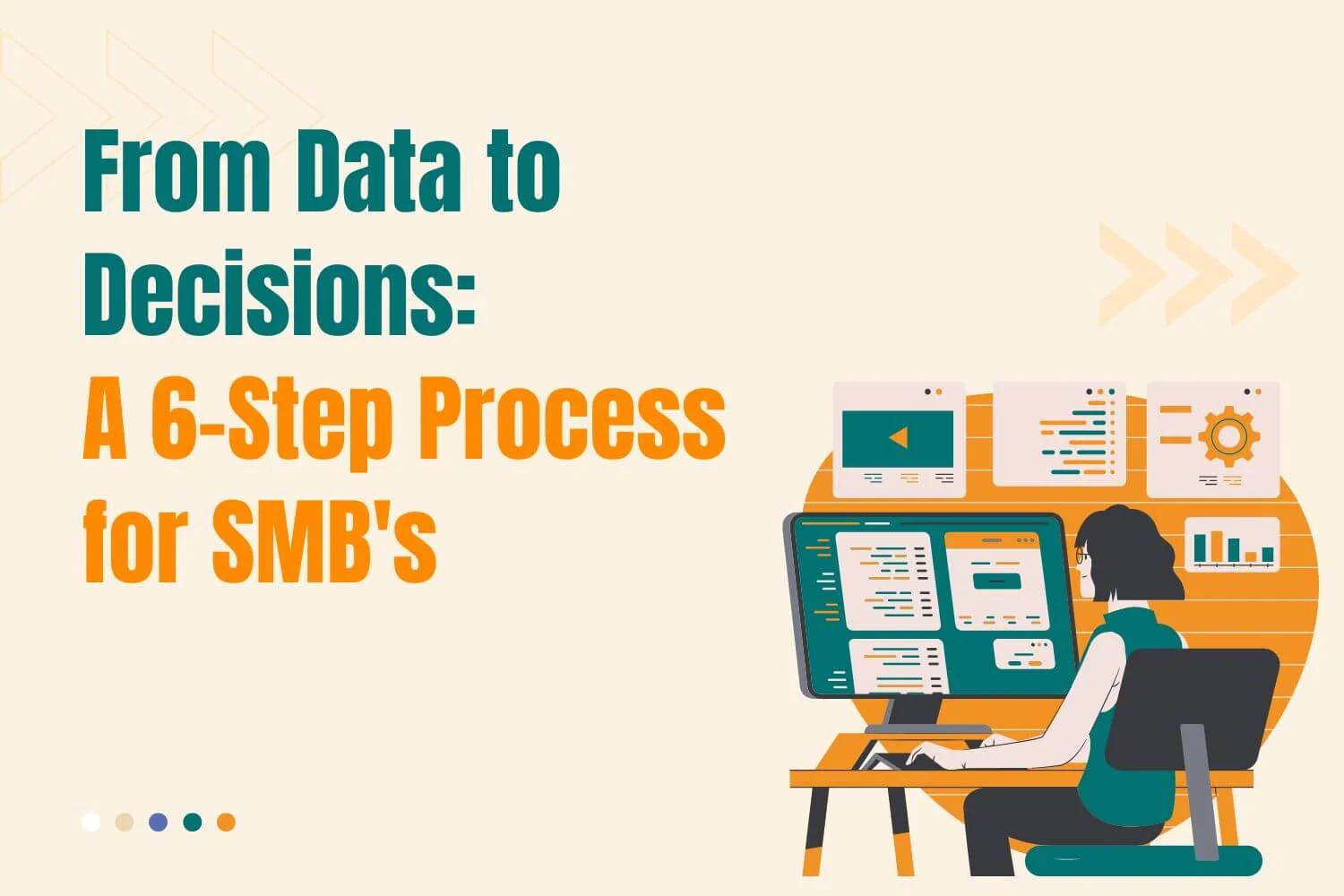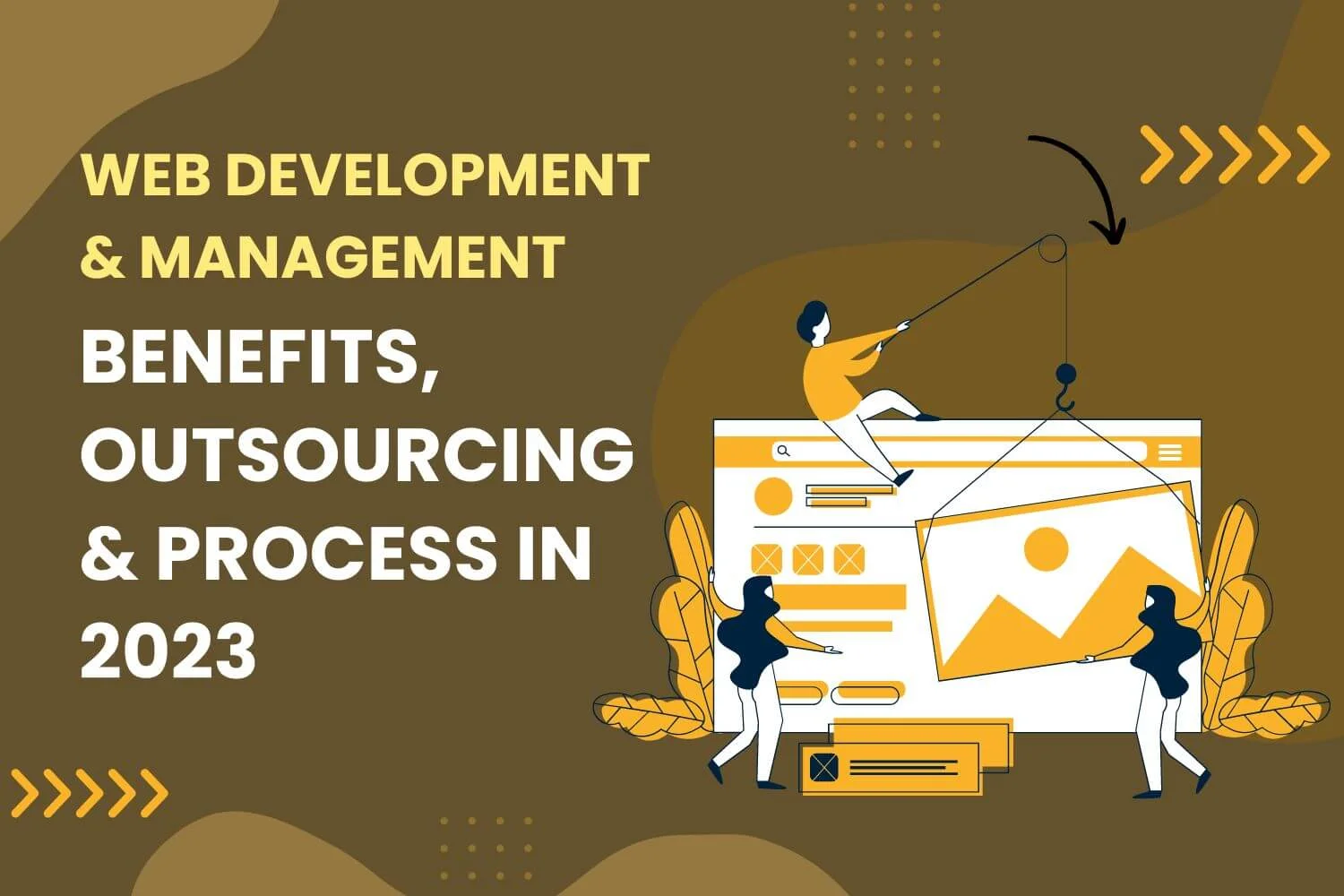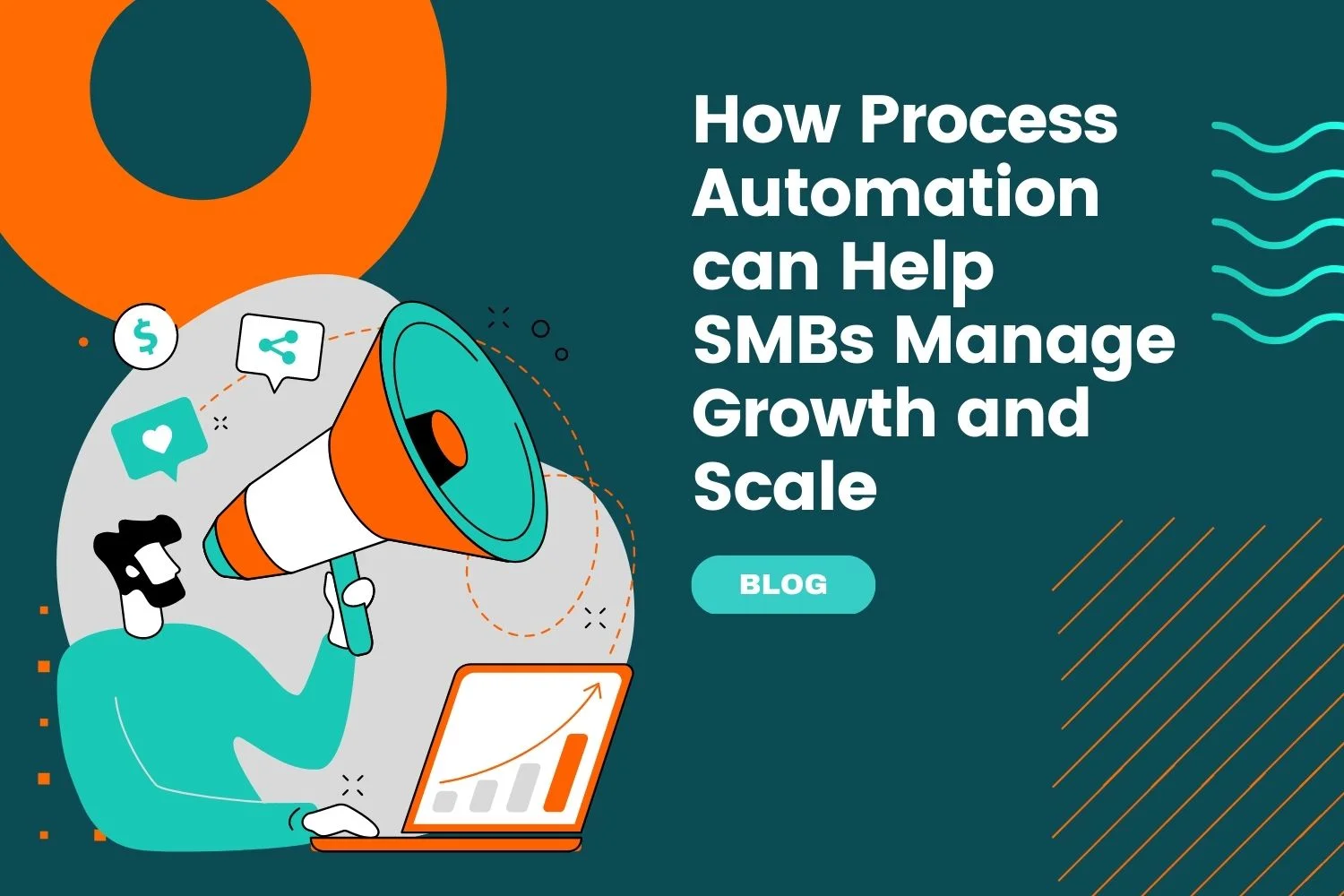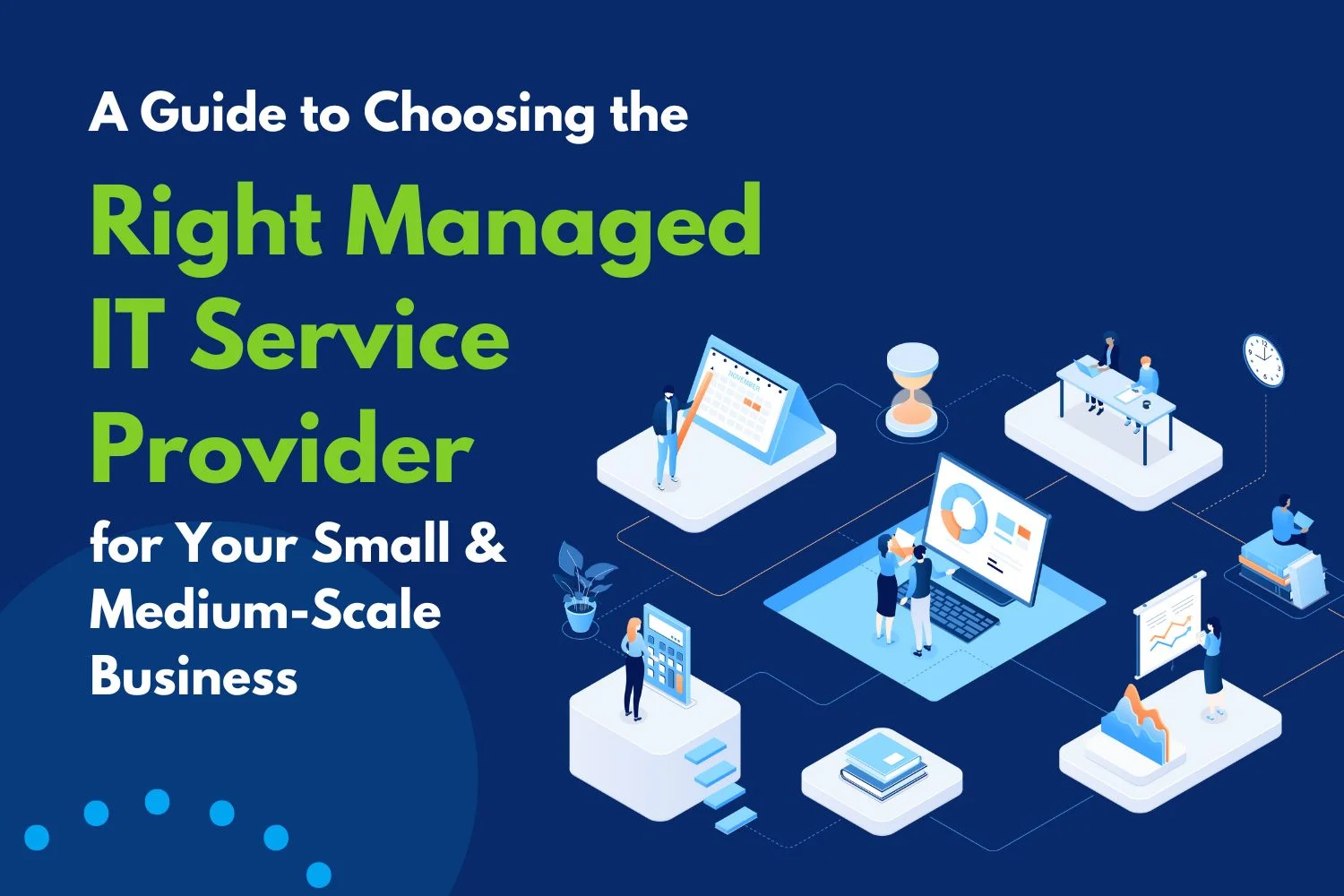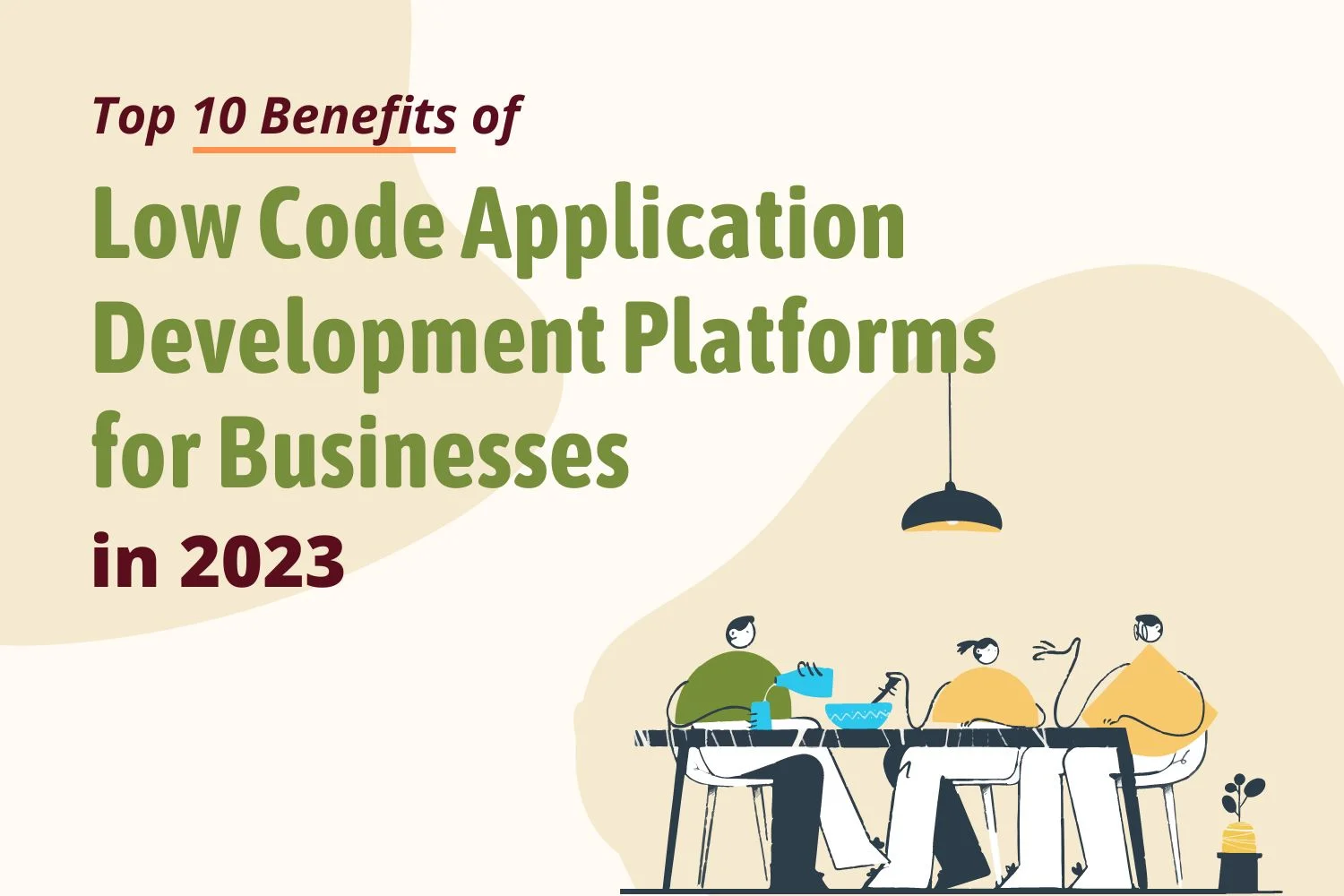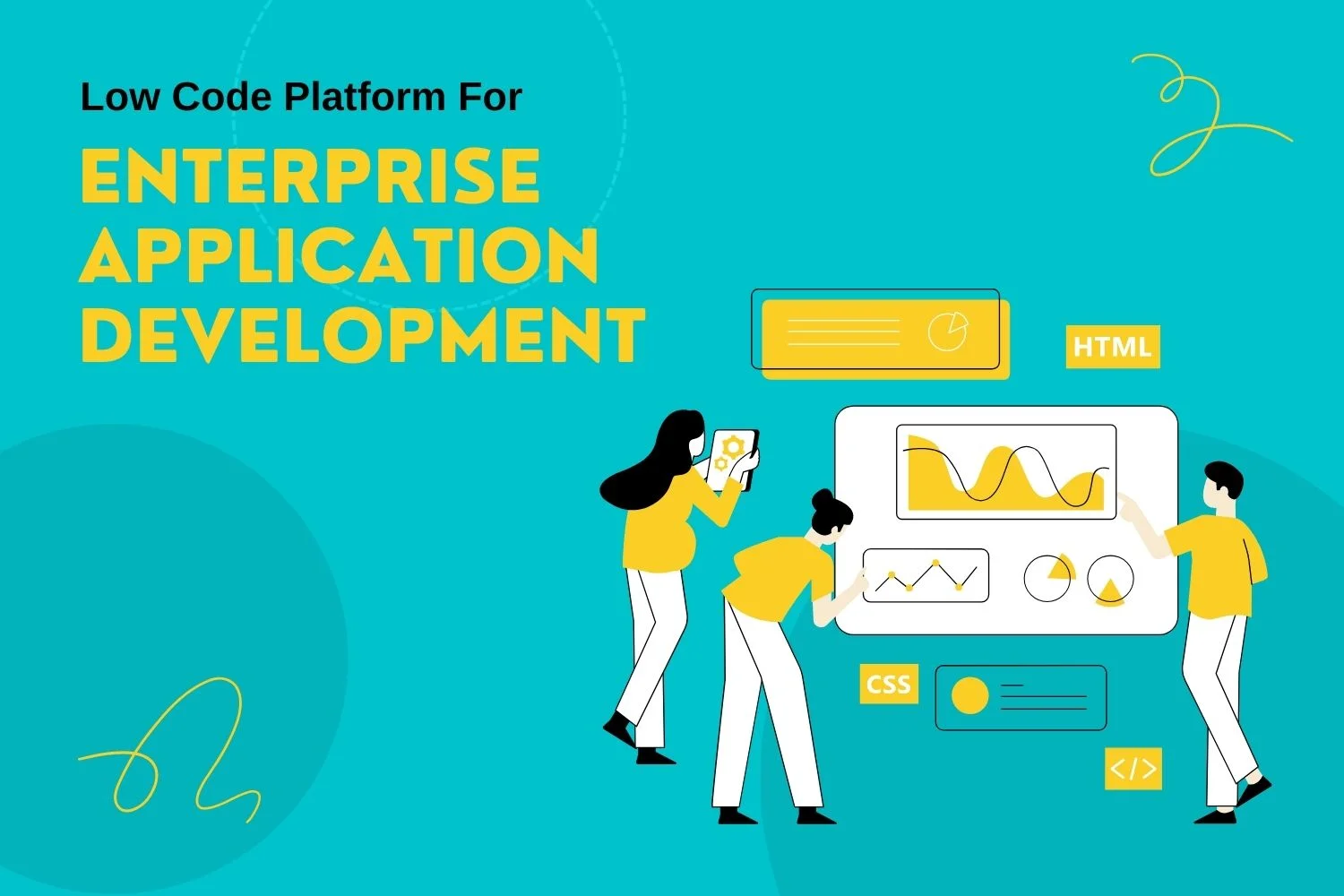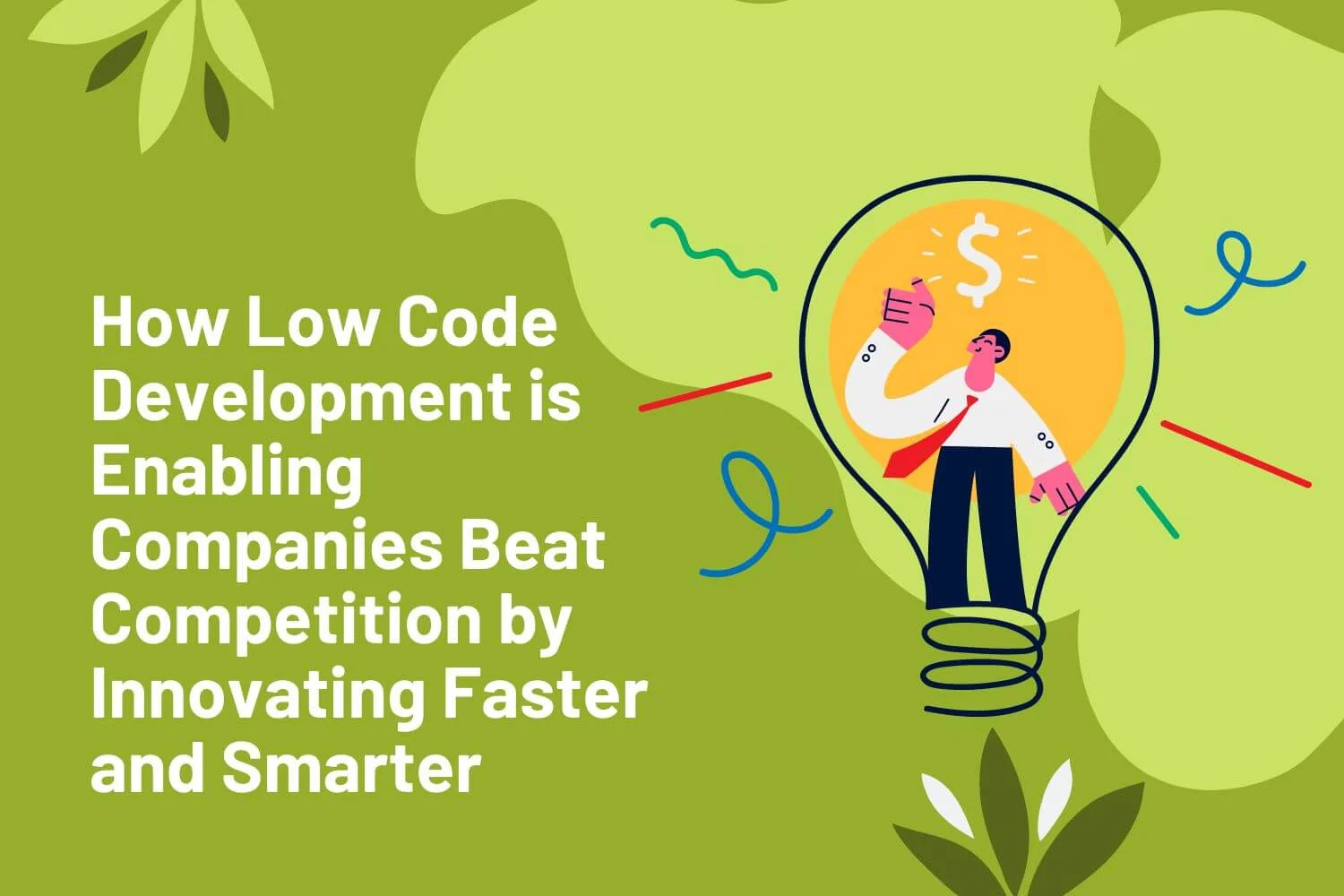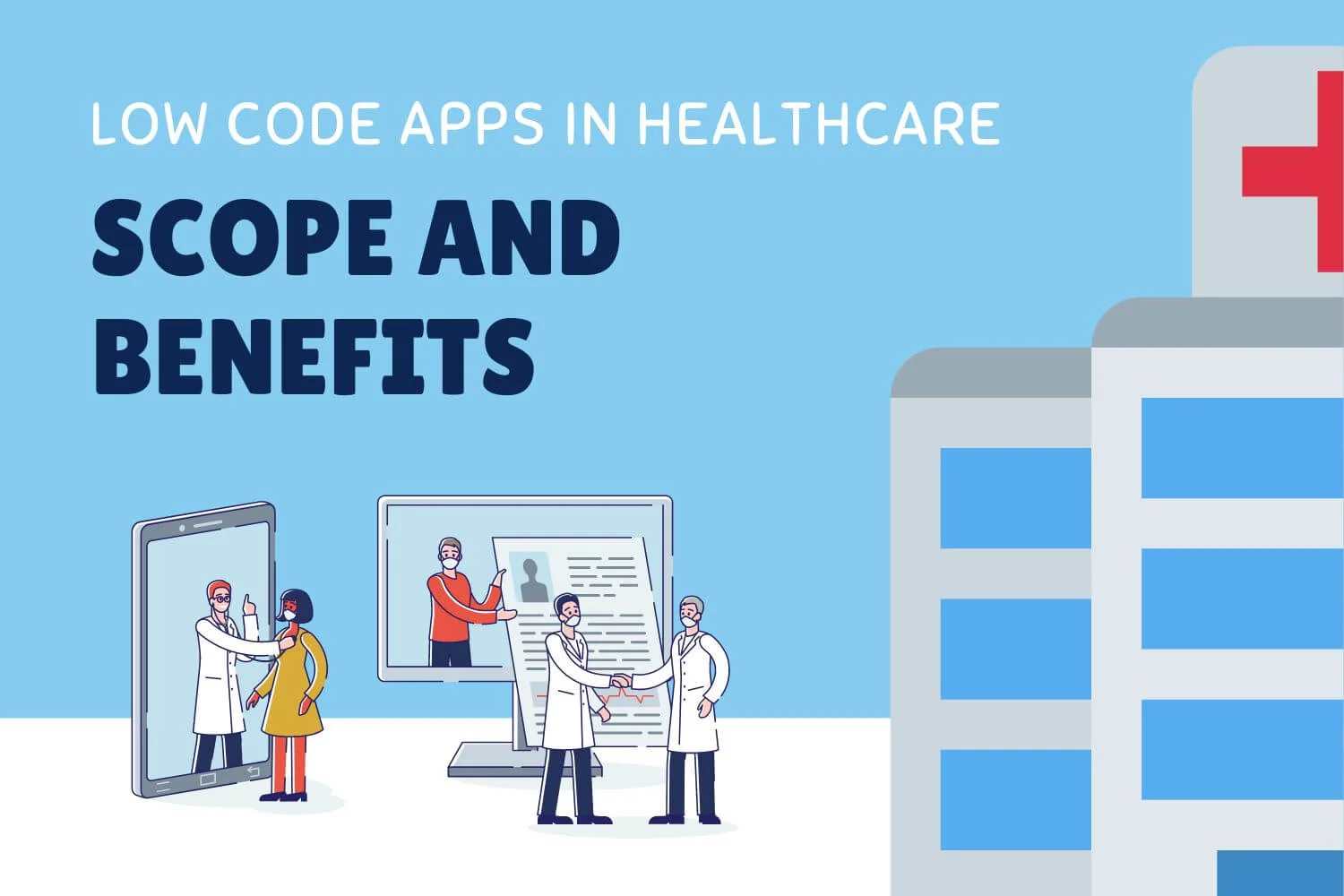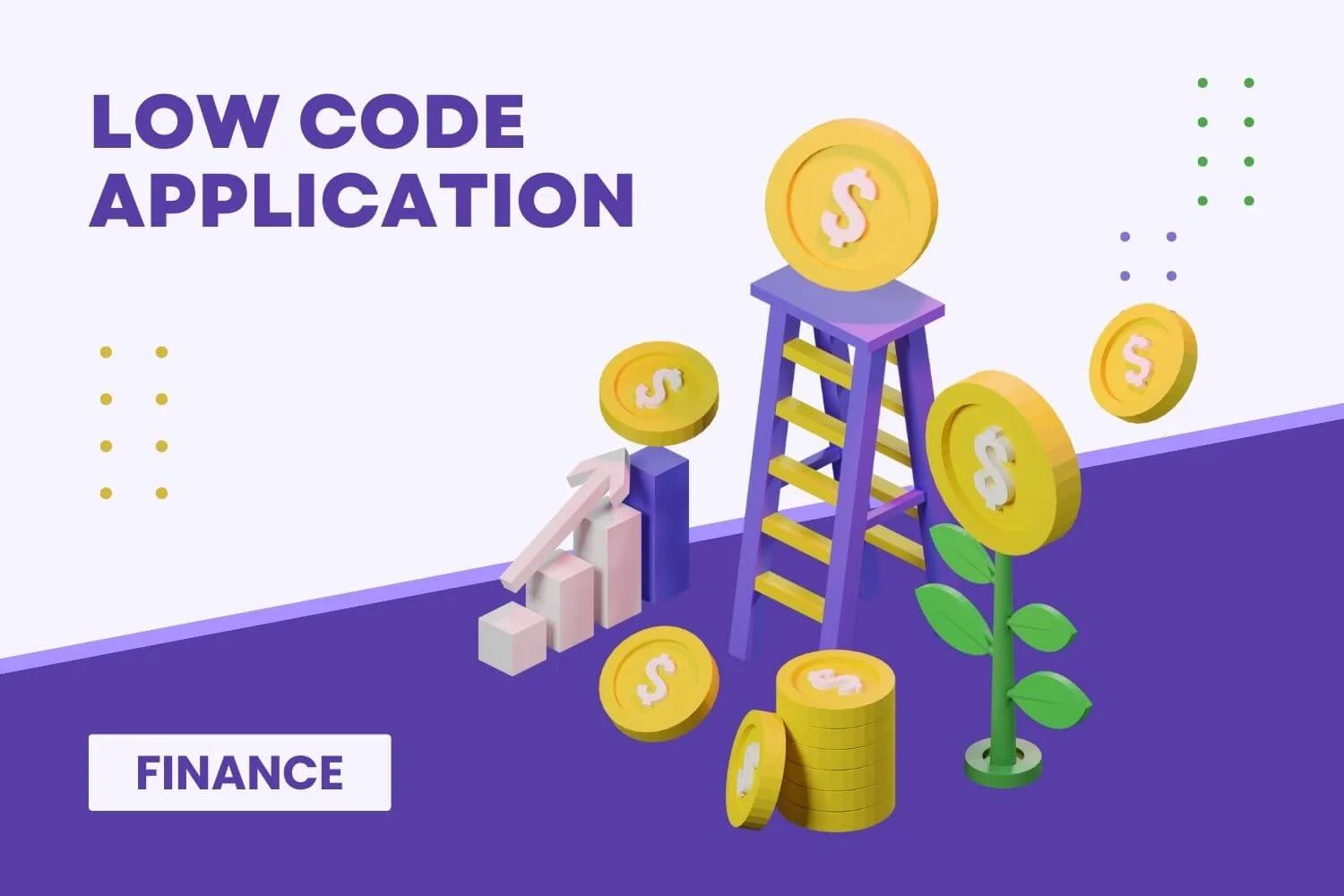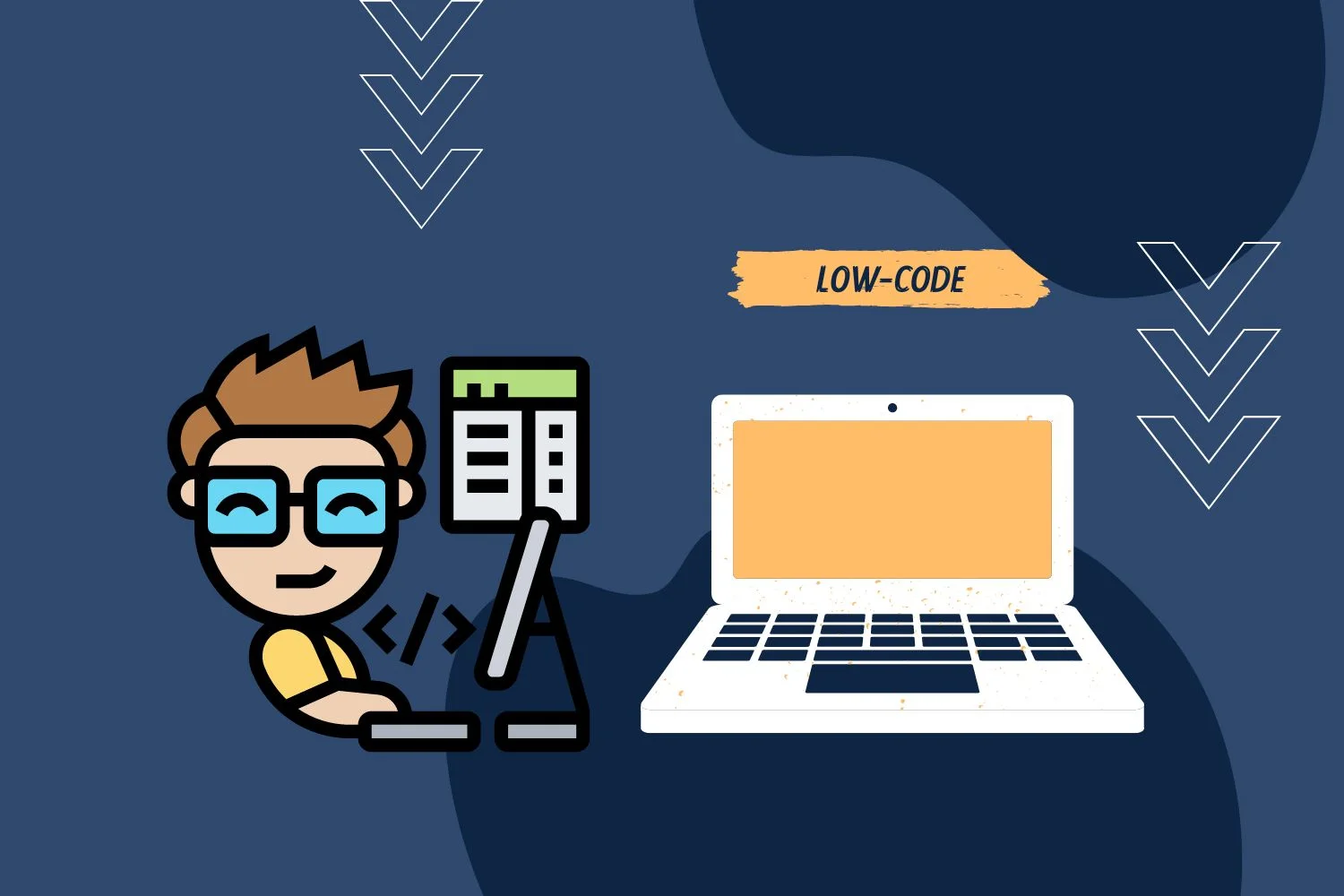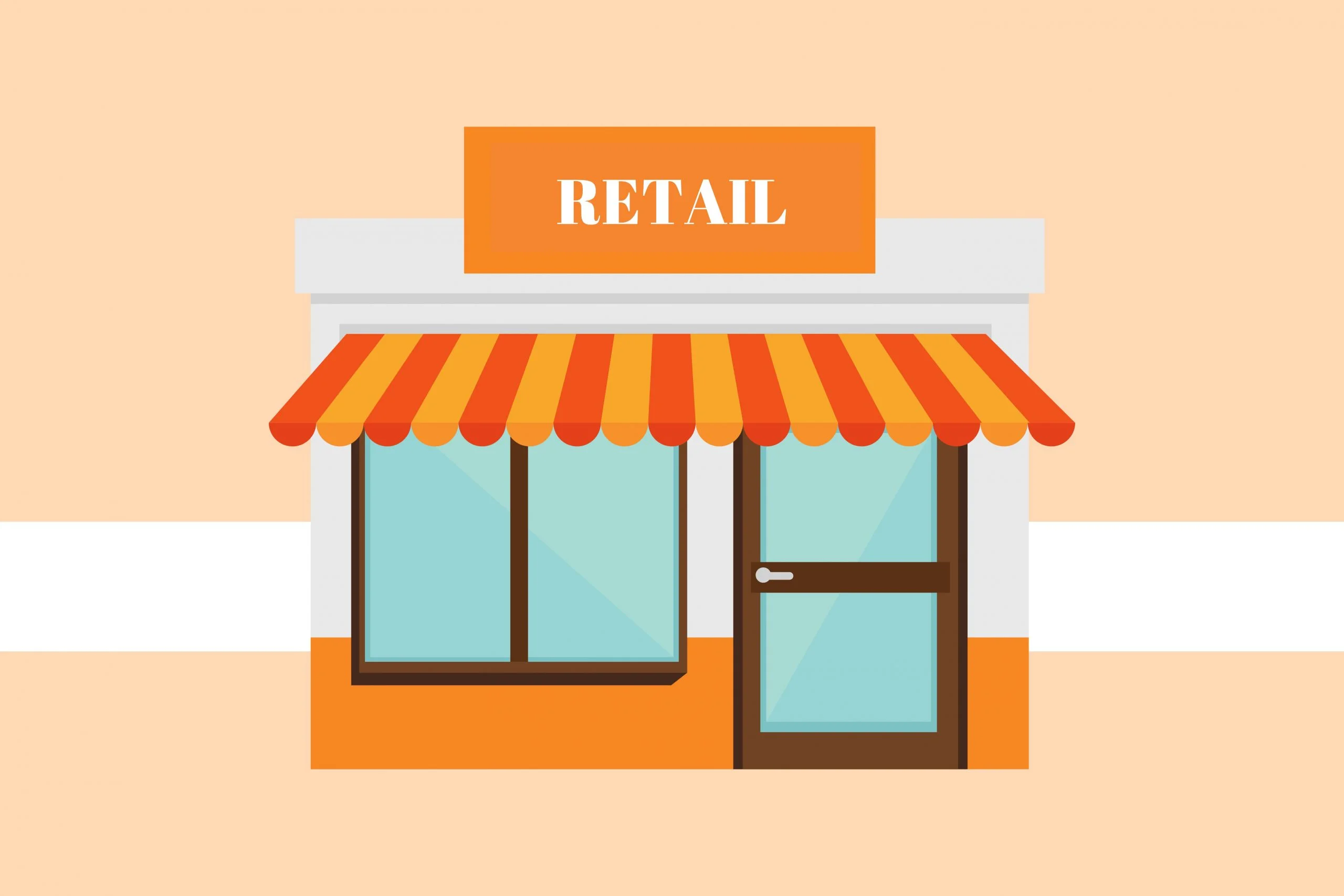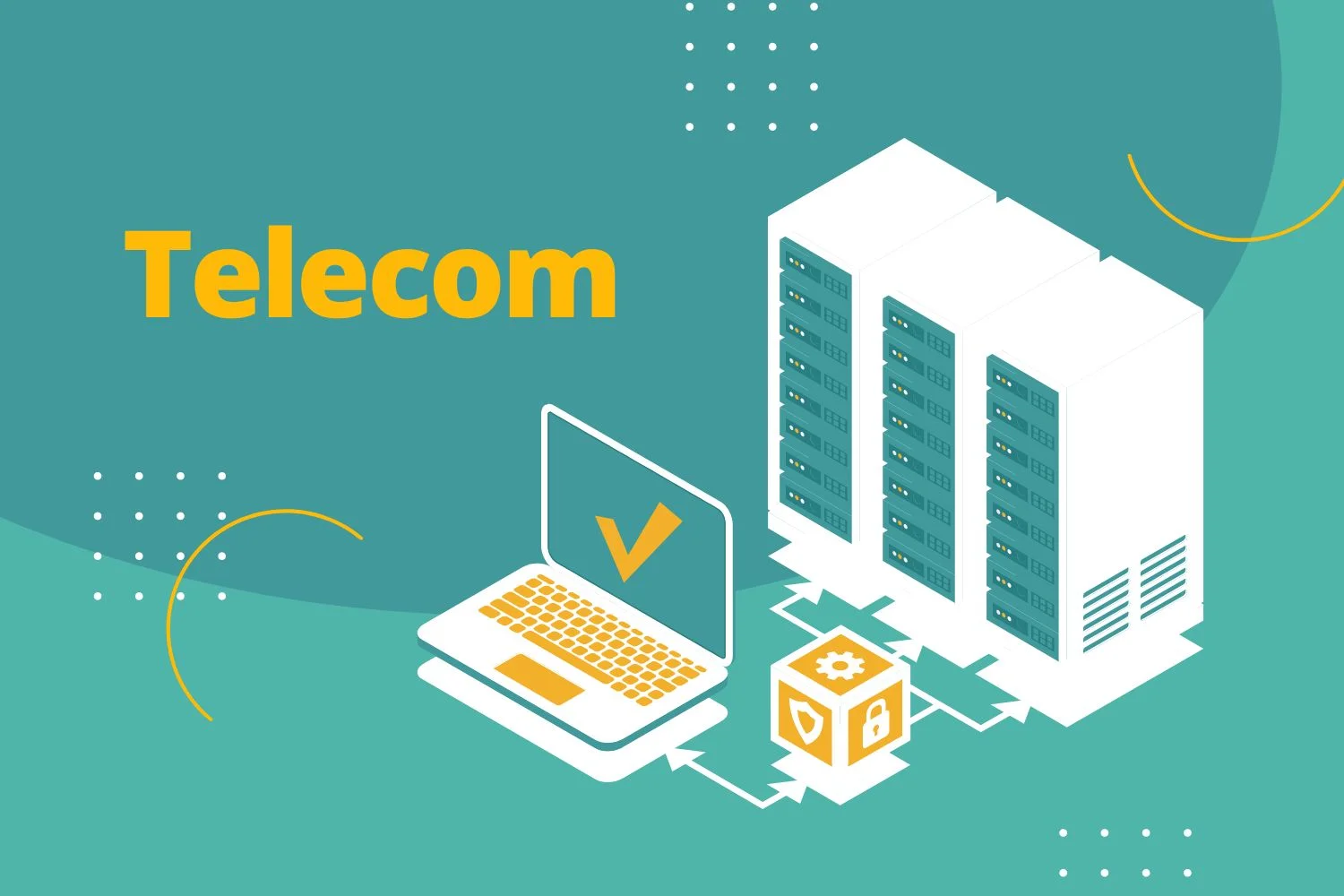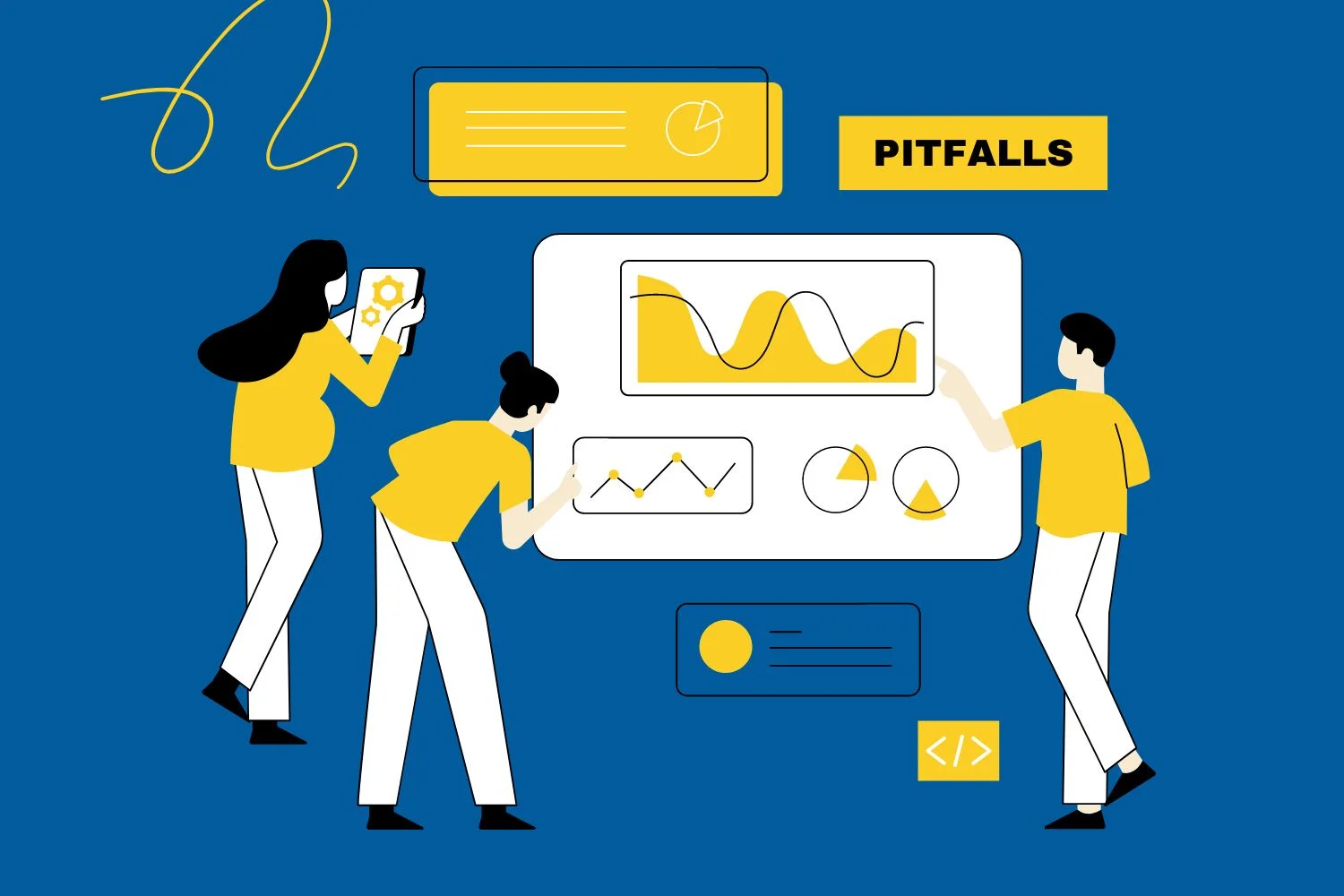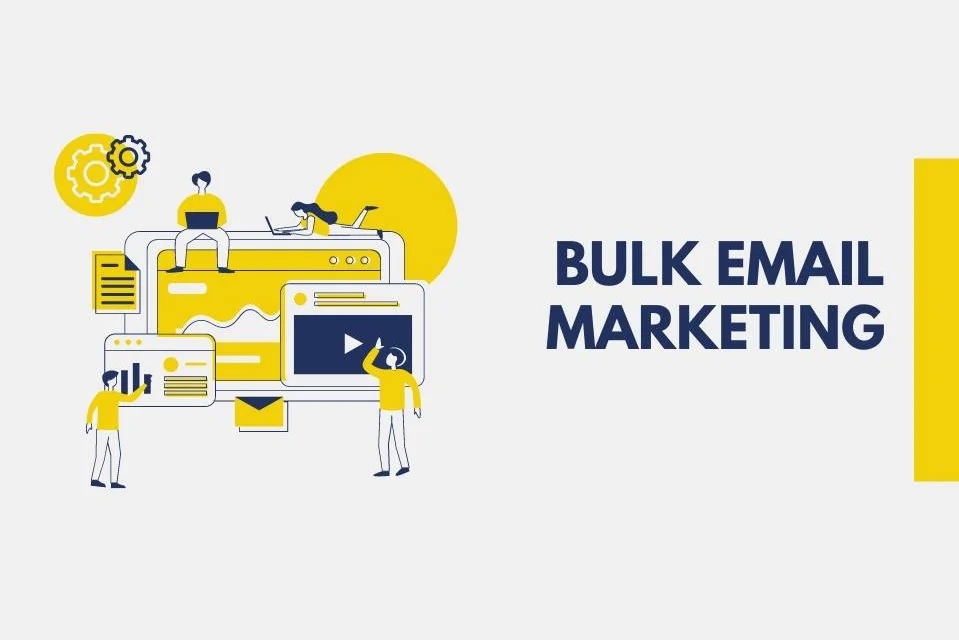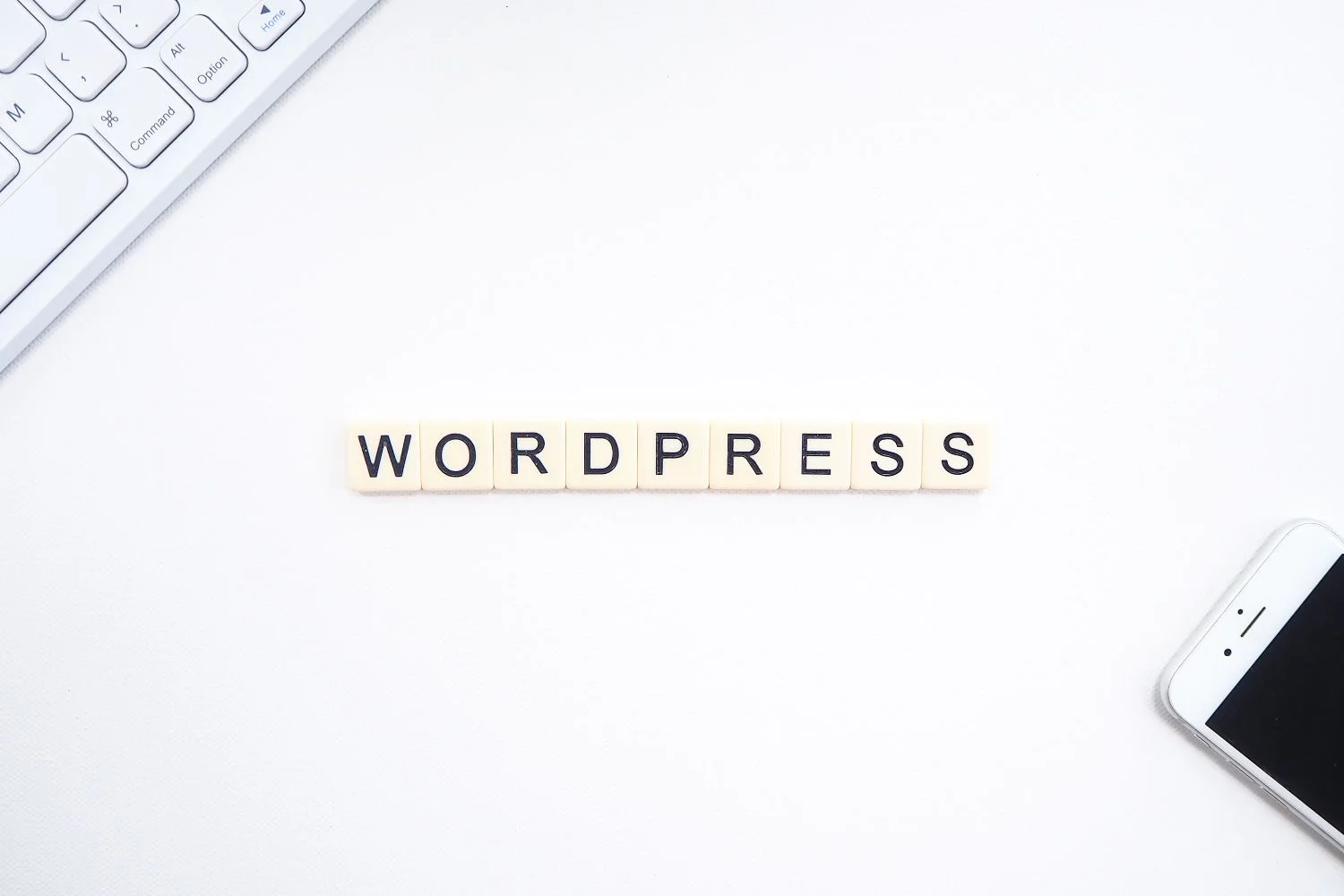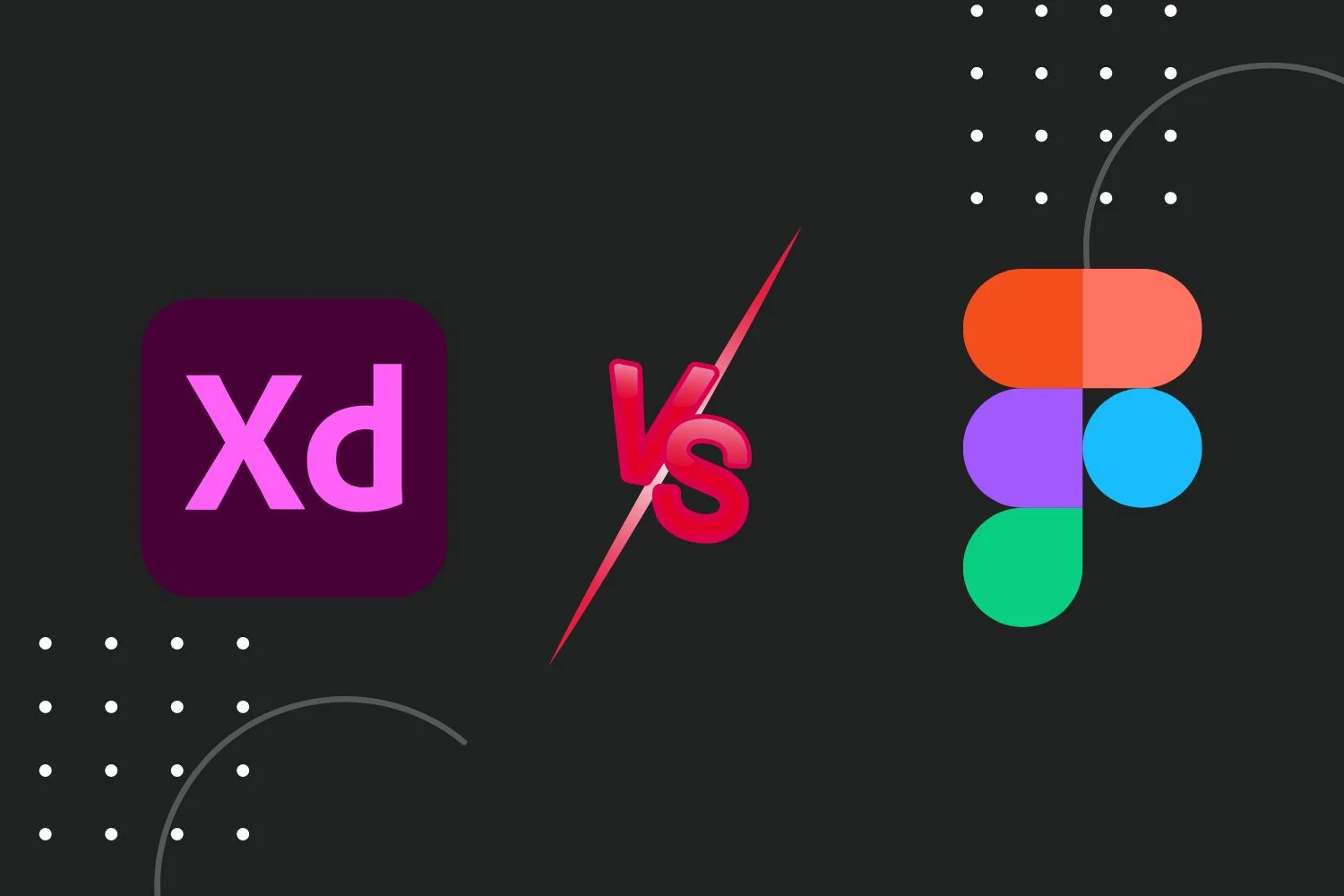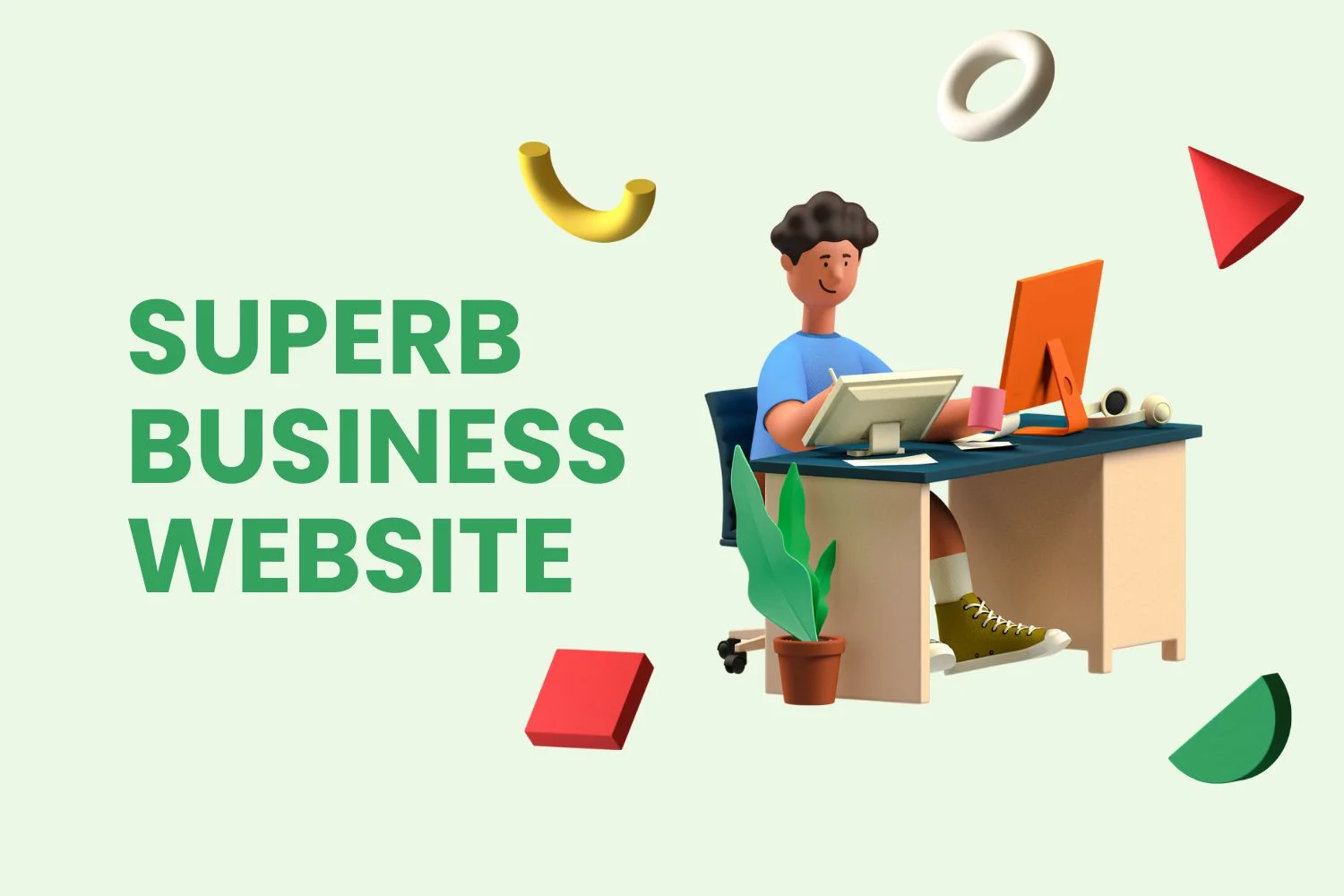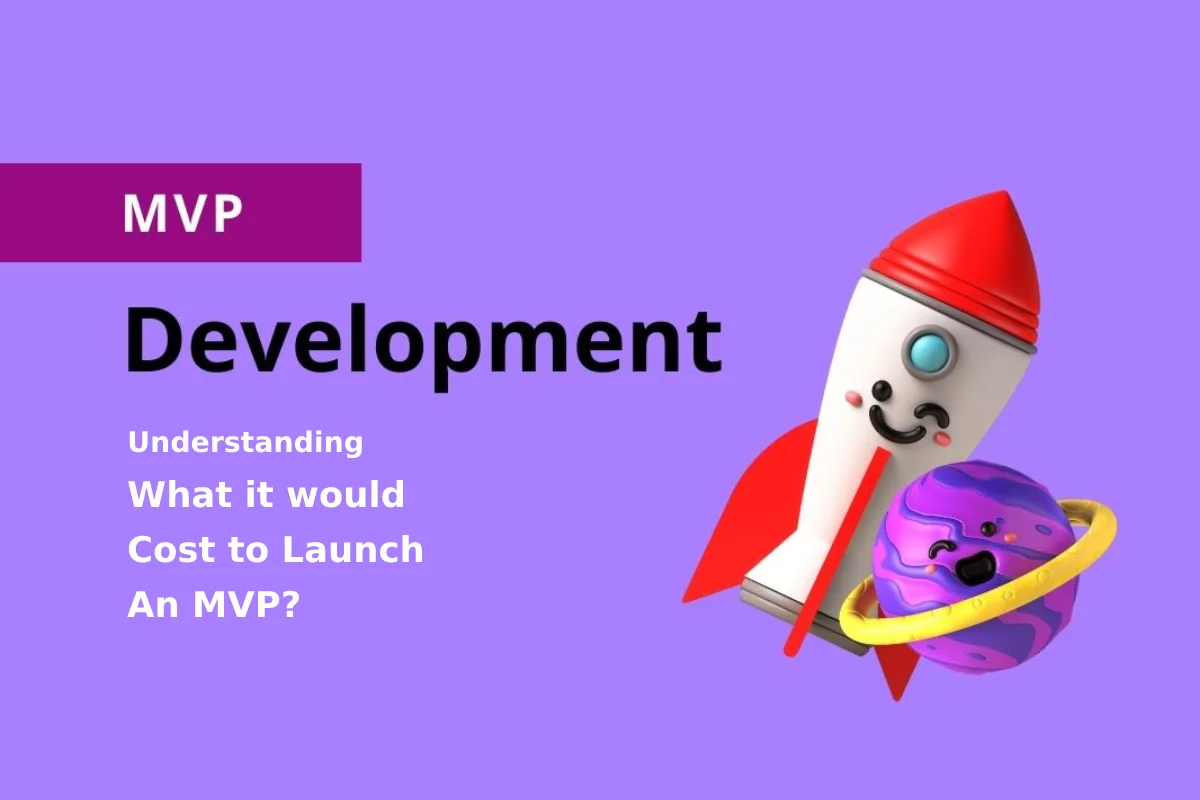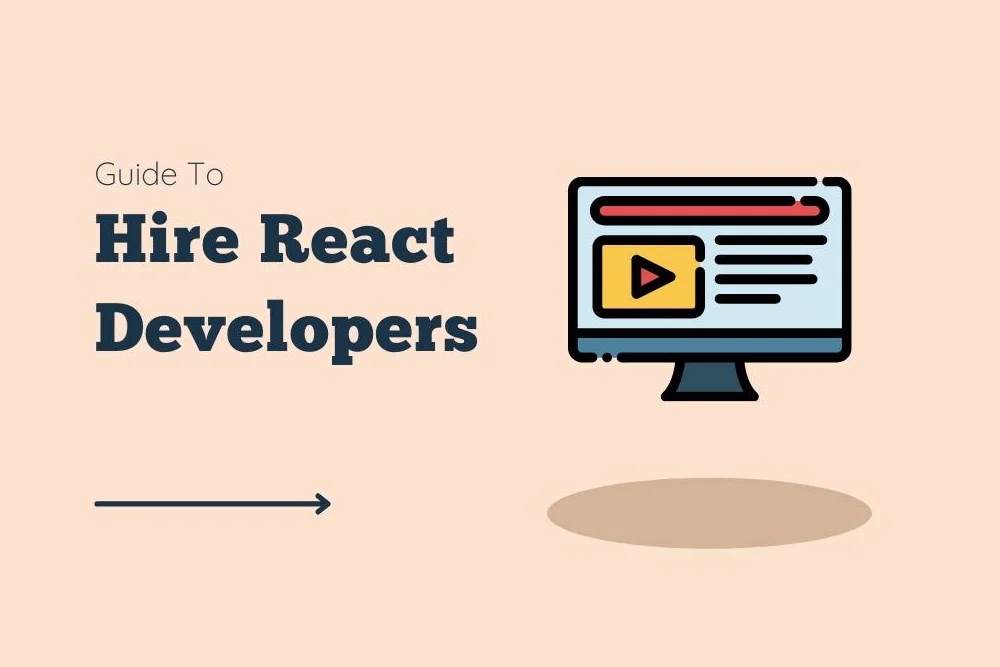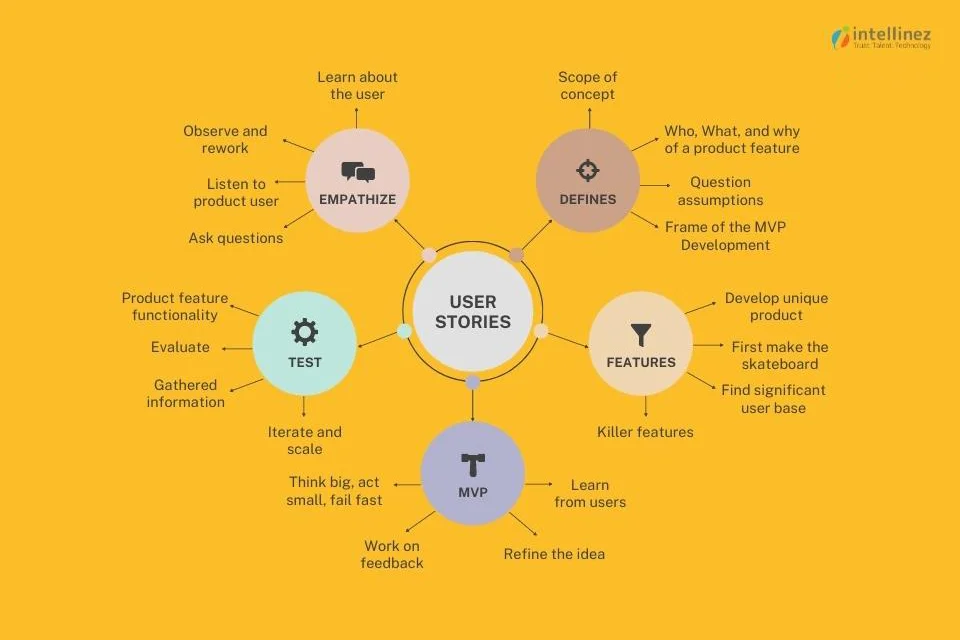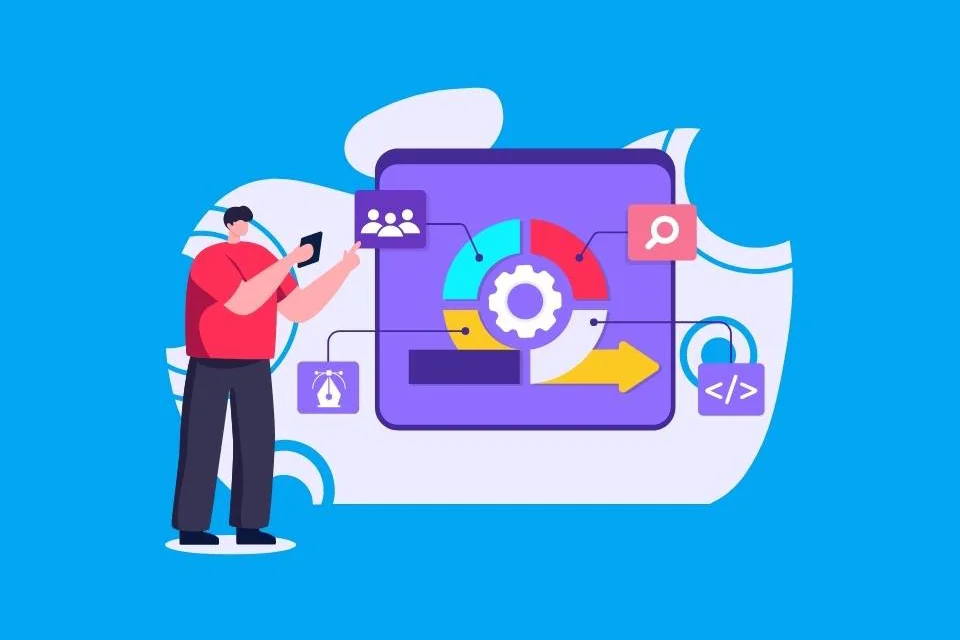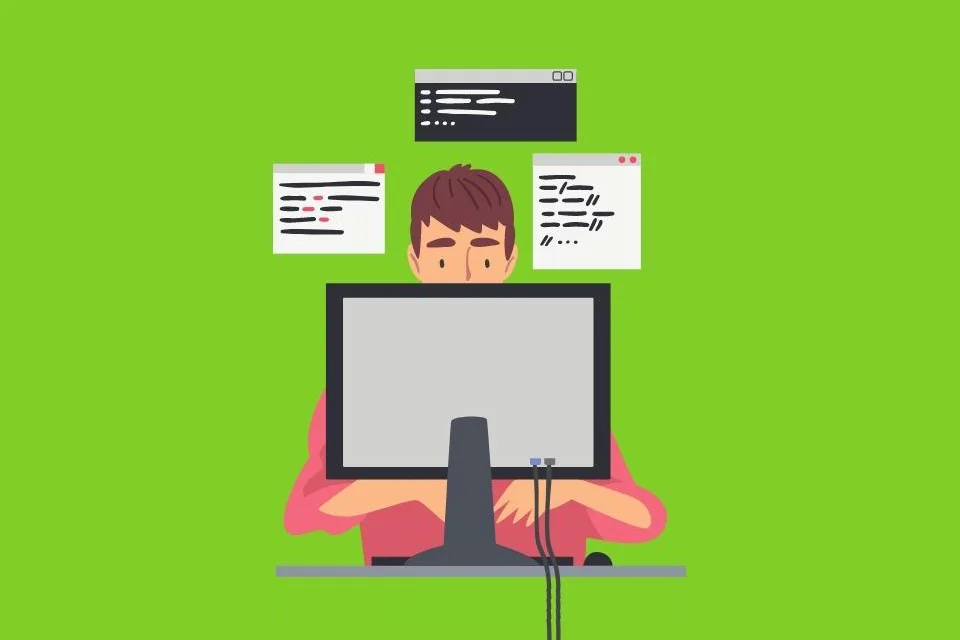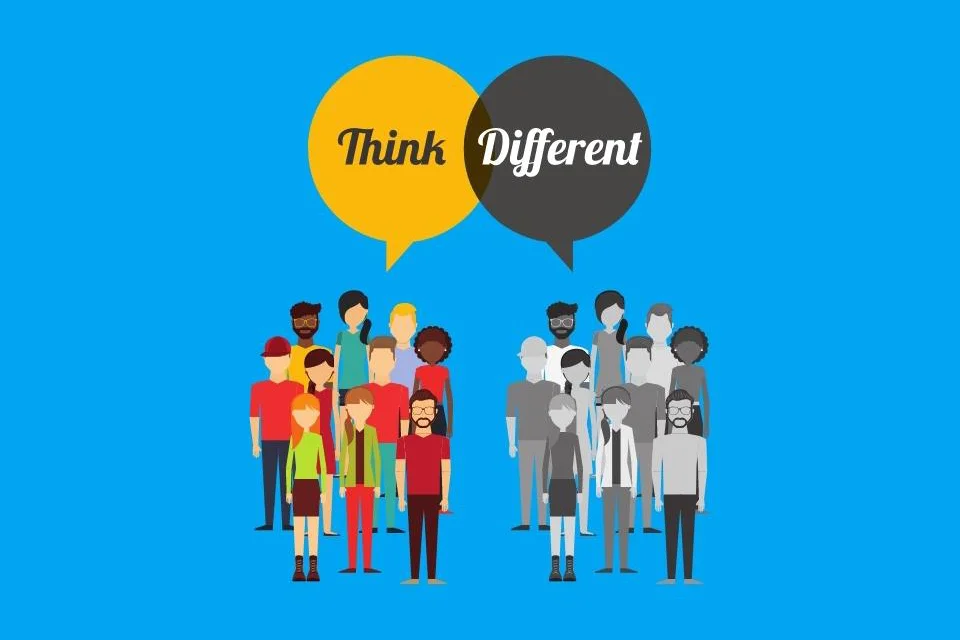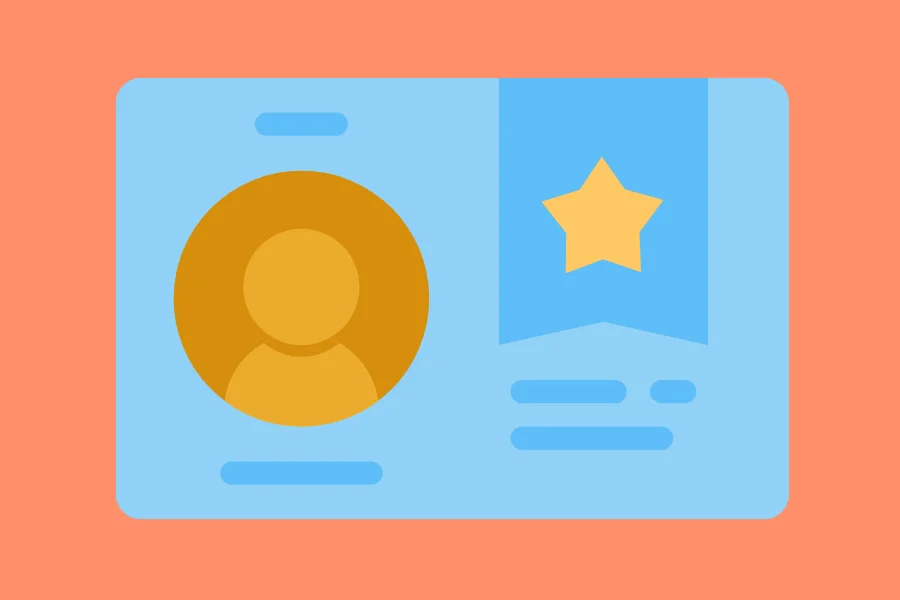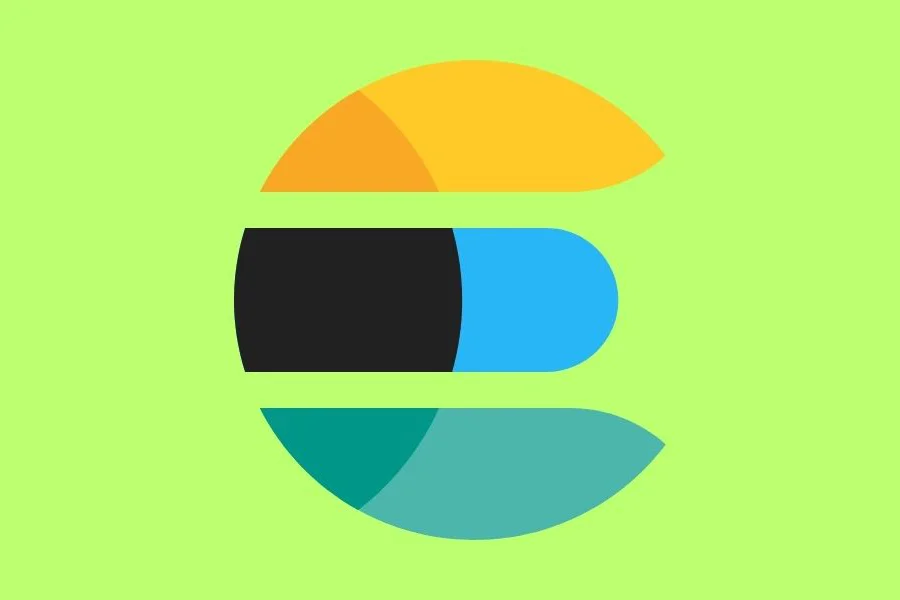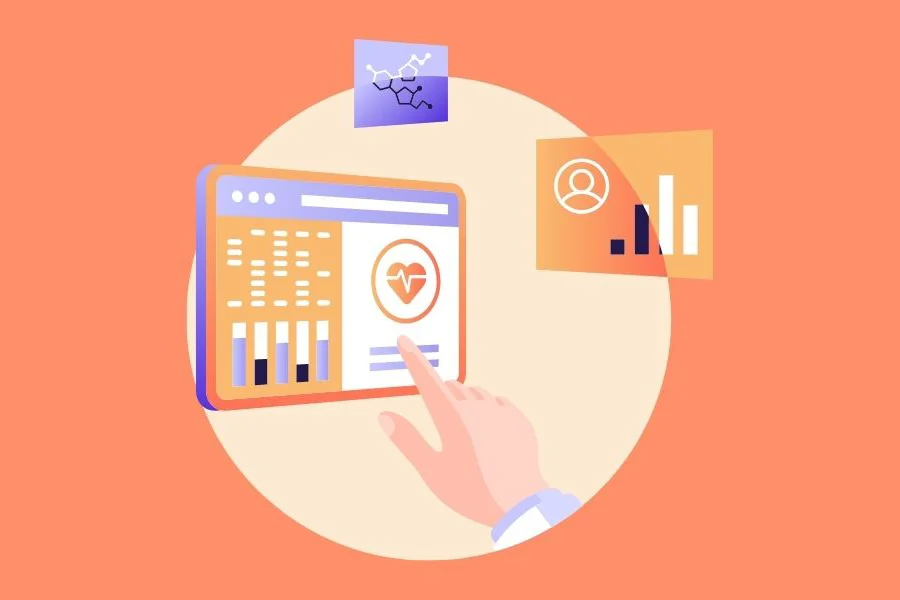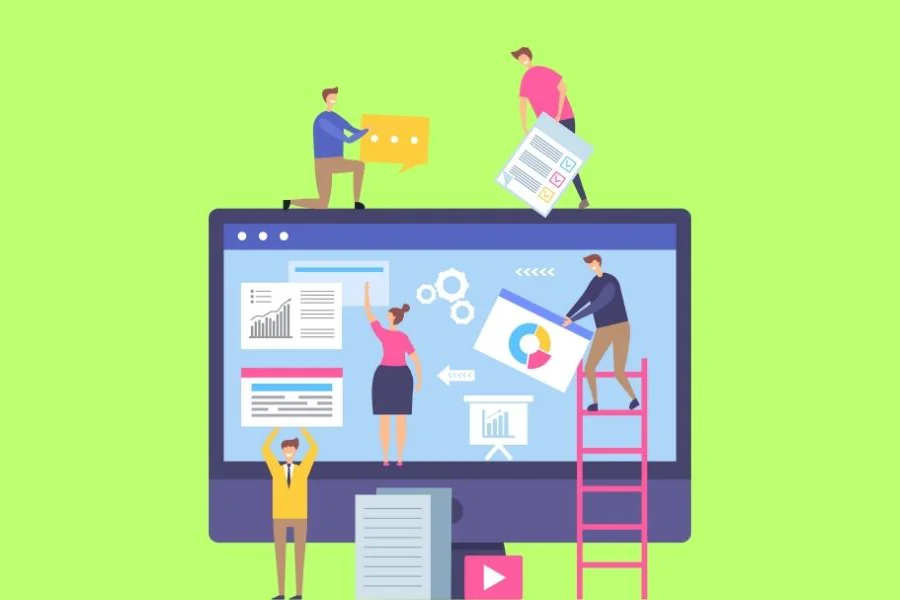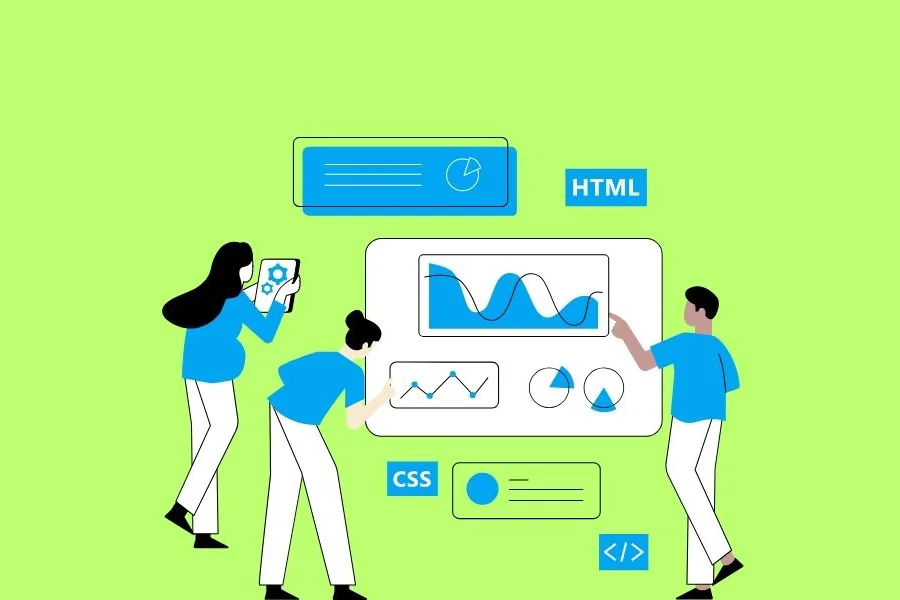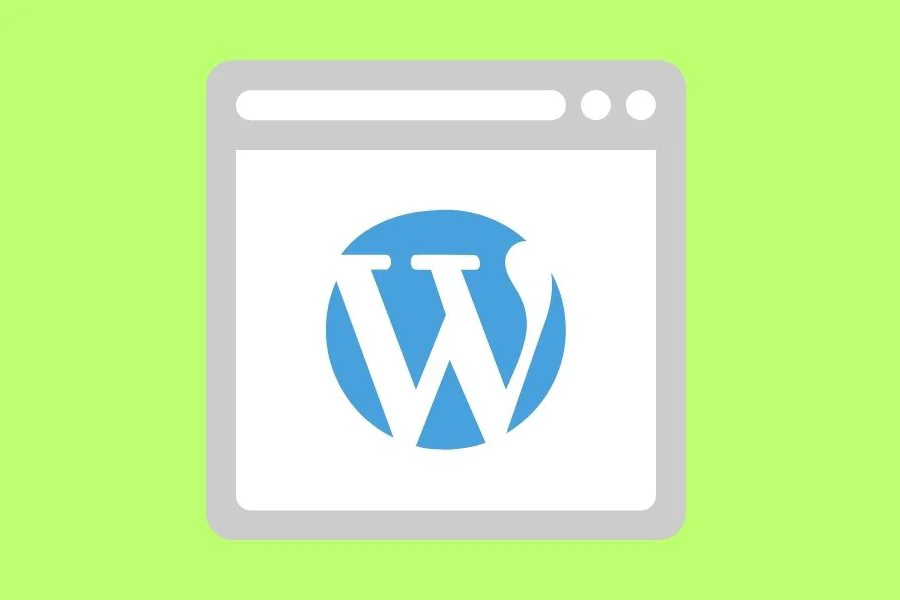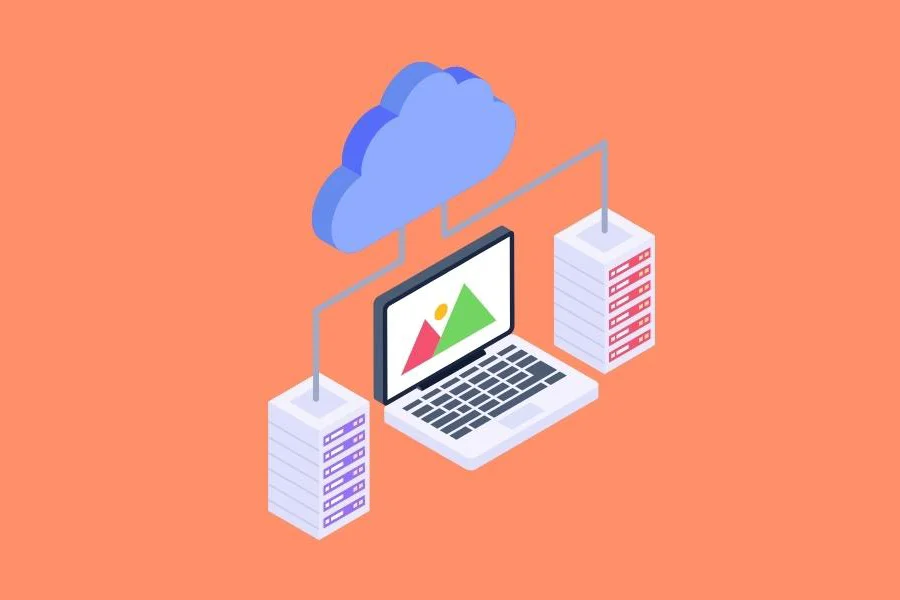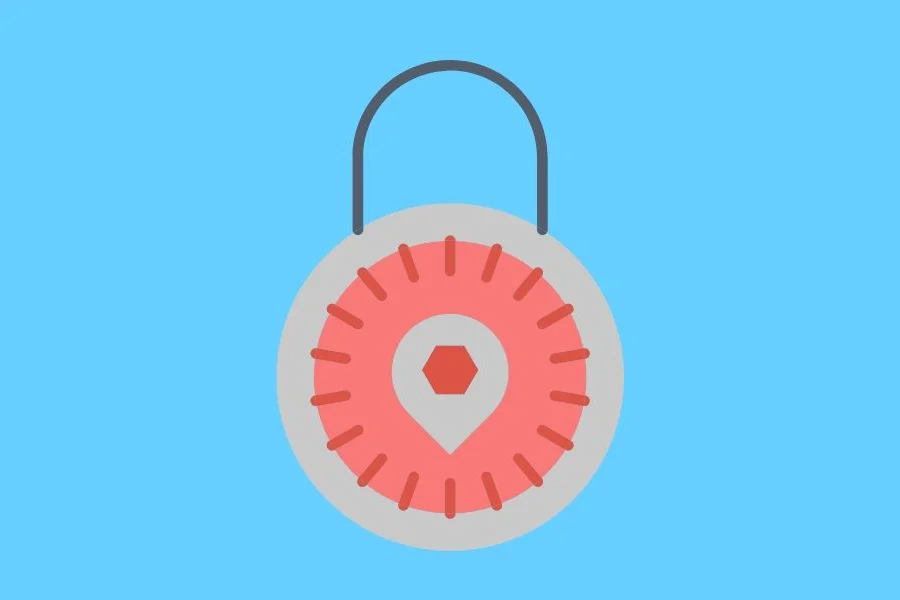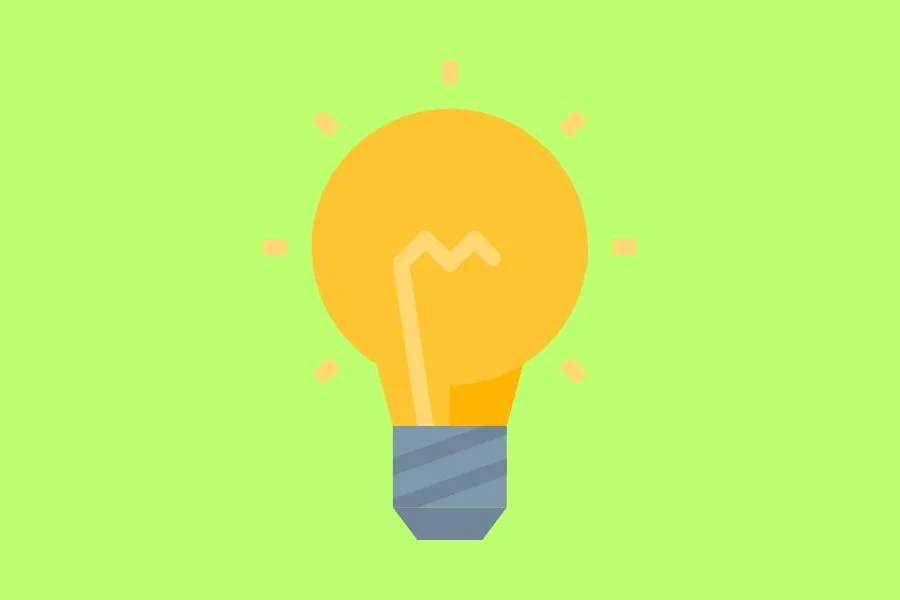- Factors To Consider While Choosing A SaaS Solution
- 1. Needs And Requirements Of Your Project
- 2. Capabilities Of The SaaS Provider
- 3. Security And Compliance Of The SaaS Solution
- 4. Ease Of Use Of The SaaS Solution
- 5. Integration Capabilities Of The SaaS Solution
- 6. Cost Of The SaaS Solution
- 7. Terms Of The Contract
As technology continues to reshape industries, choosing a SaaS solution has become a critical decision that can greatly impact an organization’s efficiency and growth. With a plethora of options available, navigating this landscape requires a strategic approach. This guide by the experts from Intellinez Systems delves into the key considerations that should guide your decision-making process, ensuring that the chosen SaaS solution not only meets your current needs but also aligns seamlessly with your future goals.
Factors to Consider While Choosing a SaaS Solution
From assessing your specific needs and requirements to evaluating the capabilities of SaaS providers, we’ll explore every facet that contributes to a successful adoption. Security, compliance, ease of use, integration capabilities, cost implications, and the finer details of contract terms – all play a pivotal role in this crucial decision.
By delving into these aspects, you’ll be equipped with the insights needed to make an informed choice that empowers your organization to thrive in today’s fast-paced digital landscape.
1. Needs and Requirements of Your Project
When it comes to selecting the right SaaS solution, identifying and aligning your unique needs and requirements is paramount. Before making a decision, take the time to evaluate and answer important questions:
Specific Needs and Requirements
Define what your business truly requires from a SaaS solution. Are you seeking enhanced collaboration tools, data analytics capabilities, or streamlined project management? Consider your industry, team size, and growth plans as you outline your necessities.
Essential Features
Different SaaS solutions offer a diverse range of features. Determine which functionalities are essential for your operations. Does the solution offer the communication tools, integrations, and scalability you need to thrive?
Budget and Timeline Constraints
Understanding your financial boundaries and desired implementation timeline is crucial. A SaaS solution should fit within your budget and align with your schedule for a seamless transition.
By thoroughly addressing these aspects, you can make an informed decision that caters to your organization’s unique demands, ensuring that the chosen SaaS solution empowers your growth and success.
2. Capabilities of the SaaS Provider
Assessing the capabilities of the SaaS provider is a pivotal step in choosing the right solution for your business. Delve into the following considerations to ensure a reliable partnership:
Experience and Expertise
Scrutinize the provider’s experience and expertise in catering to businesses like yours. Do they possess a proven track record of addressing similar needs? An experienced provider, like Intellinez Systems, is more likely to understand your challenges and offer effective solutions.
Customer Satisfaction
Investigate the provider’s customer satisfaction history. Look for reviews, testimonials, and case studies to gauge the experiences of other businesses. A strong record of positive feedback suggests a provider that is dedicated to meeting client expectations.
Level of Support
An efficient and responsive support system is vital for seamless operations. Inquire about the provider’s support services, including response times, available channels, and the depth of technical assistance they offer. A robust support structure can mitigate potential issues swiftly.
By thoroughly evaluating the provider’s capabilities, experience, customer satisfaction history, and support services, you can make an informed choice that aligns with your business’s requirements and ensures a successful partnership.
3. Security and Compliance of the SaaS Solution
Prioritizing the security and compliance aspects of a SaaS solution is paramount to safeguarding your business’s sensitive data and adhering to industry regulations. Here’s what you need to consider:
Data Security
Evaluate the security measures the SaaS provider has in place to protect your data. This includes encryption protocols, access controls, and vulnerability management. Ensure the provider follows industry best practices to mitigate potential breaches.
Industry-Specific Compliance
Different industries have specific compliance requirements, such as GDPR for data privacy or HIPAA for healthcare. Confirm whether the SaaS solution aligns with your industry’s regulations. The provider should offer features and practices that help you remain compliant.
Data Ownership and Control
Clarify how your data is handled and who owns it once it’s on the SaaS platform. Understanding your level of control and the provider’s data retention policies is crucial for maintaining ownership and fulfilling any legal obligations.
Backup and Disaster Recovery
Inquire about the provider’s data backup and disaster recovery strategies. Accidental data loss or disruptions can be detrimental; a robust backup plan ensures your data can be restored swiftly in such cases.
By thoroughly vetting the security measures, compliance capabilities, data ownership, and disaster recovery plans of the chosen SaaS solution, you can confidently integrate it into your operations, knowing your data is secure and your business is aligned with necessary regulations.
4. Ease of Use of the SaaS Solution
The user-friendliness of a SaaS solution plays a pivotal role in its successful adoption within your organization. Consider the following factors to ensure a smooth integration:
User Learning Curve
Evaluate how quickly your team can learn and become proficient in using the solution. A solution with a gentle learning curve can expedite the onboarding process and minimize disruptions to daily tasks.
Intuitive Design
Examine whether the solution boasts an intuitive design. An interface that aligns with common user expectations and interactions can reduce the need for extensive training and support.
User-Friendly Features
Consider whether the solution’s features and functionalities are designed with users in mind. User-friendly features enhance productivity and make complex tasks easier to execute.
Support and Training
Even with a user-friendly solution, having access to comprehensive support resources and training materials can be immensely beneficial. Evaluate the provider’s availability of tutorials, guides, and customer support to assist users as they navigate the platform.
Prioritizing a user-friendly SaaS solution can foster quicker adoption, increase productivity, and contribute to a positive overall experience for your team. By assessing the solution’s ease of use, you can ensure that your investment translates into improved efficiency and satisfaction.
5. Integration capabilities of the SaaS solution
The ability of a SaaS solution to integrate with your existing systems is a crucial consideration for a successful implementation. Here’s why integration matters and what to look for:
Seamless Transition
Determine if the solution has integration capabilities that allow it to work seamlessly with your current systems. A lack of integration can lead to data silos and operational inefficiencies during the transition period.
Workflow Continuity
Integration ensures that your workflows remain uninterrupted. Information can flow freely between different platforms, maintaining productivity and preventing bottlenecks.
Data Accuracy
Integrated systems reduce the risk of errors caused by manual data entry. Data is automatically synchronized, minimizing discrepancies and enhancing the accuracy of your records.
Enhanced Insights
Integration can lead to more comprehensive insights by combining data from various sources. This enables better decision-making and a deeper understanding of your business’s performance.
API Support
Check if the solution offers Application Programming Interface (API) support. APIs enable smooth communication between different software applications and facilitate integration.
Prioritizing integration capabilities in your SaaS solution selection process ensures a harmonious fit within your existing technology ecosystem. By enabling seamless data exchange and preserving workflow continuity, you can maximize the benefits of your new solution while minimizing disruption.
6. Cost of the SaaS solution
Understanding the costs associated with a SaaS solution is essential for budget planning and avoiding unforeseen financial surprises. Here’s what to consider:
Total Cost
Evaluate the overall cost of adopting the SaaS solution, including subscription fees, setup costs, and any additional expenses related to customization or integration.
Subscription Model
Determine the pricing structure of the subscription. Is it based on the number of users, usage, or features? Choose a model that aligns with your projected usage and growth.
Hidden Fees
Inquire about any potential hidden fees or charges that might arise. This could include costs for technical support, upgrades, data storage, or exceeding usage limits.
Scalability Costs
If your business is expected to grow, assess how the solution’s costs will scale with your increased usage. Make sure the solution remains cost-effective as your needs expand.
Contract Terms
Review the terms of the contract, including renewal clauses, cancellation policies, and potential penalties for early termination. Ensure that the terms align with your organization’s flexibility and future plans.
Return on Investment (ROI)
Consider the potential ROI the solution can bring to your business. While cost is important, also factor in the value and benefits the solution offers in terms of efficiency, productivity, and growth.
By thoroughly analyzing the cost aspects of the SaaS solution, you can make an informed decision that not only fits your budget but also aligns with your business goals and future financial projections.
7. Terms of the Contract
When considering a SaaS solution, carefully reviewing the terms of the contract is essential to ensure clarity and align expectations. Here’s what to focus on:
Contract Duration
Determine the length of the contract term. Some contracts might be month-to-month, while others could span one or more years. Choose a term that suits your business’s needs and future plans.
Renewal and Termination
Understand how the contract handles renewals and terminations. Does it automatically renew? What is the notice period required for cancellation? Clear terms prevent surprises and allow you to manage your commitment effectively.
Cancellation Policies
Scrutinize the cancellation policies outlined in the contract. Are there penalties for early termination? Can you exit the contract without substantial financial repercussions if the solution no longer fits your needs?
Pricing Changes
Check whether the contract allows the provider to modify pricing during the term. If so, understand how these changes will be communicated and how they might impact your budget.
Service Level Agreements (SLAs)
If applicable, review any SLAs that define the provider’s commitment to service uptime, response times, and support quality. Ensure these align with your business’s expectations.
Data Ownership and Transfer
Clarify terms related to data ownership and the ability to export your data if you decide to discontinue the service. Your business should retain control over its data.
Liabilities and Warranties
Pay attention to clauses related to liabilities, warranties, and indemnification. Understand how the provider is accountable for service disruptions, data breaches, or other issues.
By carefully examining the terms of the contract, contract duration, cancellation policies, and other relevant clauses, you can make an informed decision that safeguards your interests and ensures a productive partnership with the SaaS provider.
Conclusion
In the ever-evolving landscape of SaaS solutions, informed decision-making is paramount. By meticulously evaluating factors such as specific needs, provider capabilities, security, user-friendliness, integration, cost, and contract terms, businesses can pave the way for successful adoptions.
This comprehensive approach ensures that the chosen solution not only aligns with their present requirements but also caters to future growth. In essence, a well-considered SaaS selection empowers organizations to harness technology’s potential for enhanced efficiency, productivity, and seamless operations.
Partner with Intellinez for Expert Custom SaaS Product Development Solutions
With a team of skilled professionals, we specialize in delivering innovative and scalable SaaS solutions that align precisely with your business goals. Our commitment to quality, efficient project management, and customer satisfaction makes us the ideal partner to transform your ideas into a successful and impactful SaaS product. Contact us to know more.
Soumya Mishra
Technology Leader proficient in engineering and execution of enterprise-level IT projects and providing support services on the same. Possesses the ability to set functional and technical strategies, converting them to an achievable plan of action, and driving them to realize and achieve customer success. Passionate leader believing in leading by example, possessing strong problem-solving skills and a can-do attitude. Adept at handling cross-functional teams across the globe and motivating them to achieve outstanding and sustainable results to meet organizational goals and objectives! Guiding Quote – “Every job is a self-portrait of the person who did it, Autograph your work with excellence”






























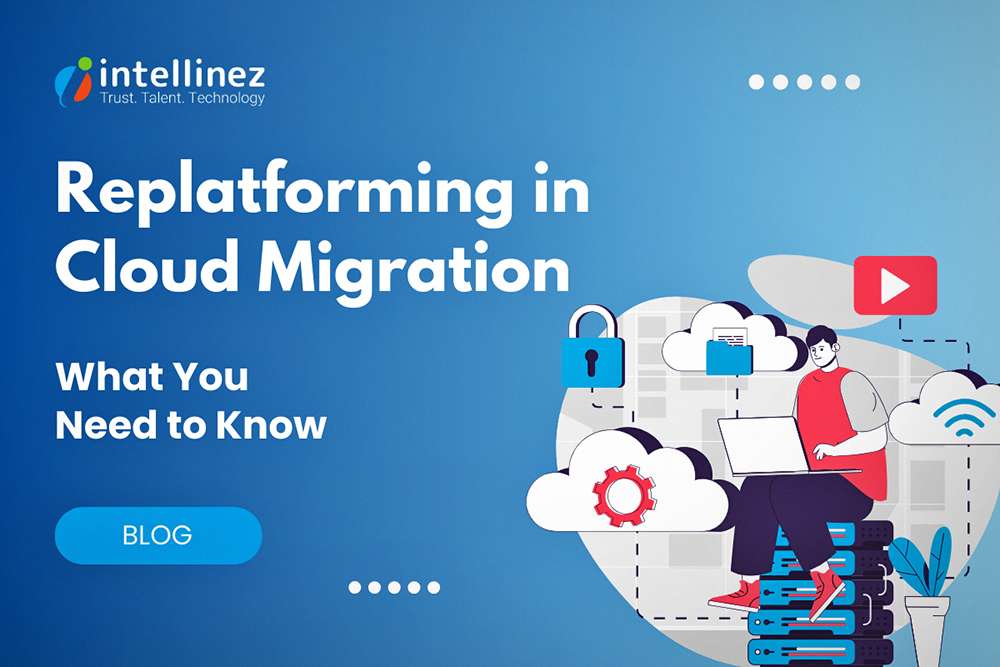





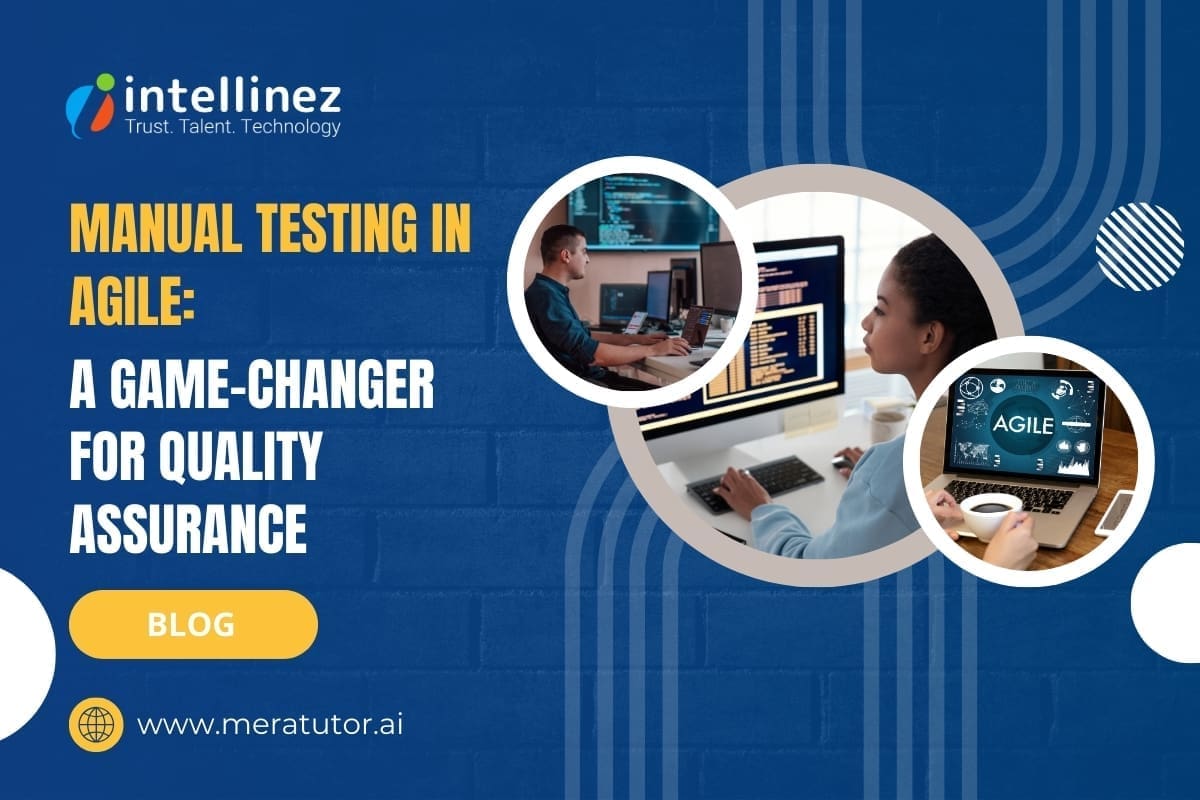




![A Comprehensive Guide to AWS SaaS Architecture [Diagram Included] 86 Aws SaaS Architecture](http://www.intellinez.com/wp-content/uploads/2024/08/Title-image.jpg)




